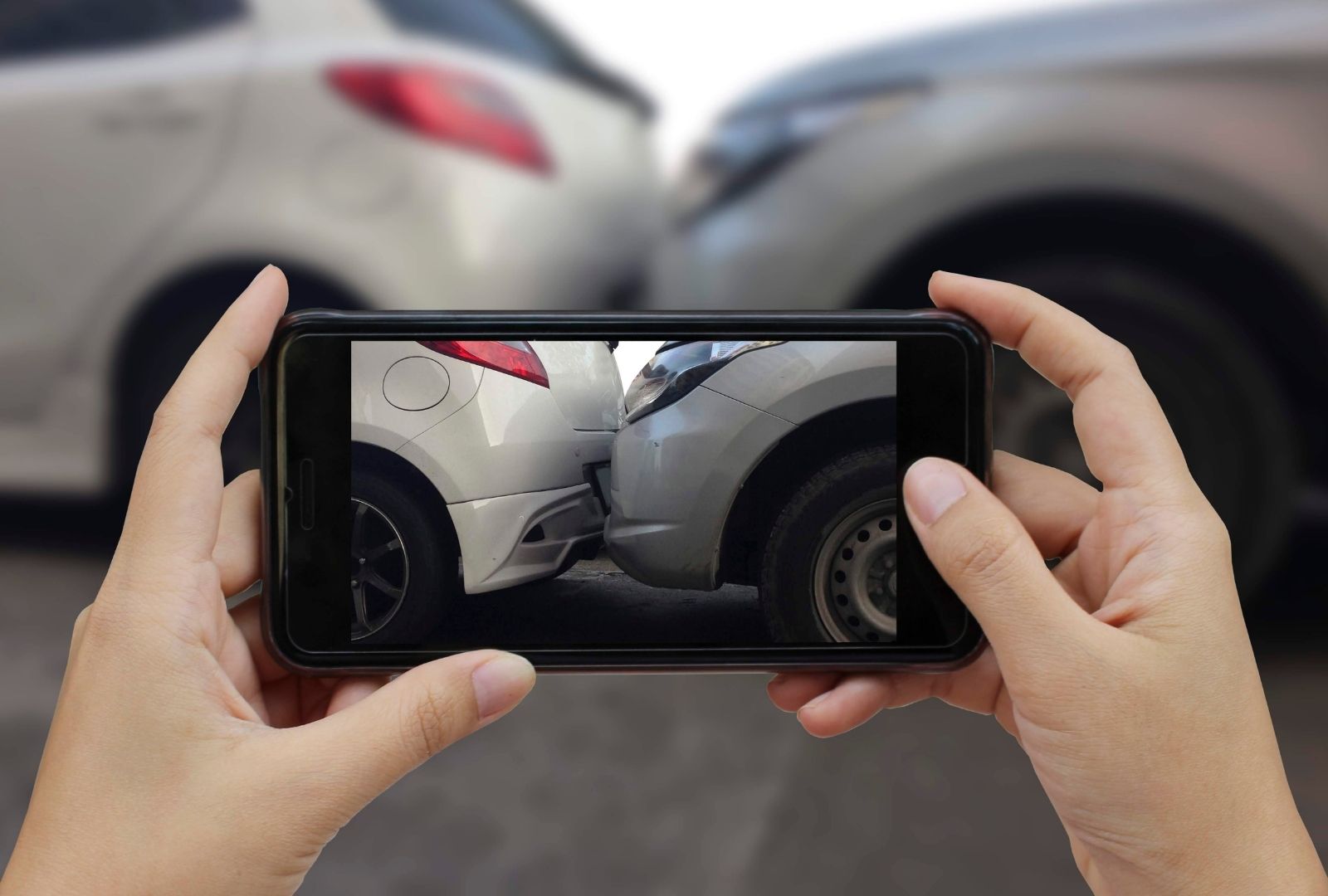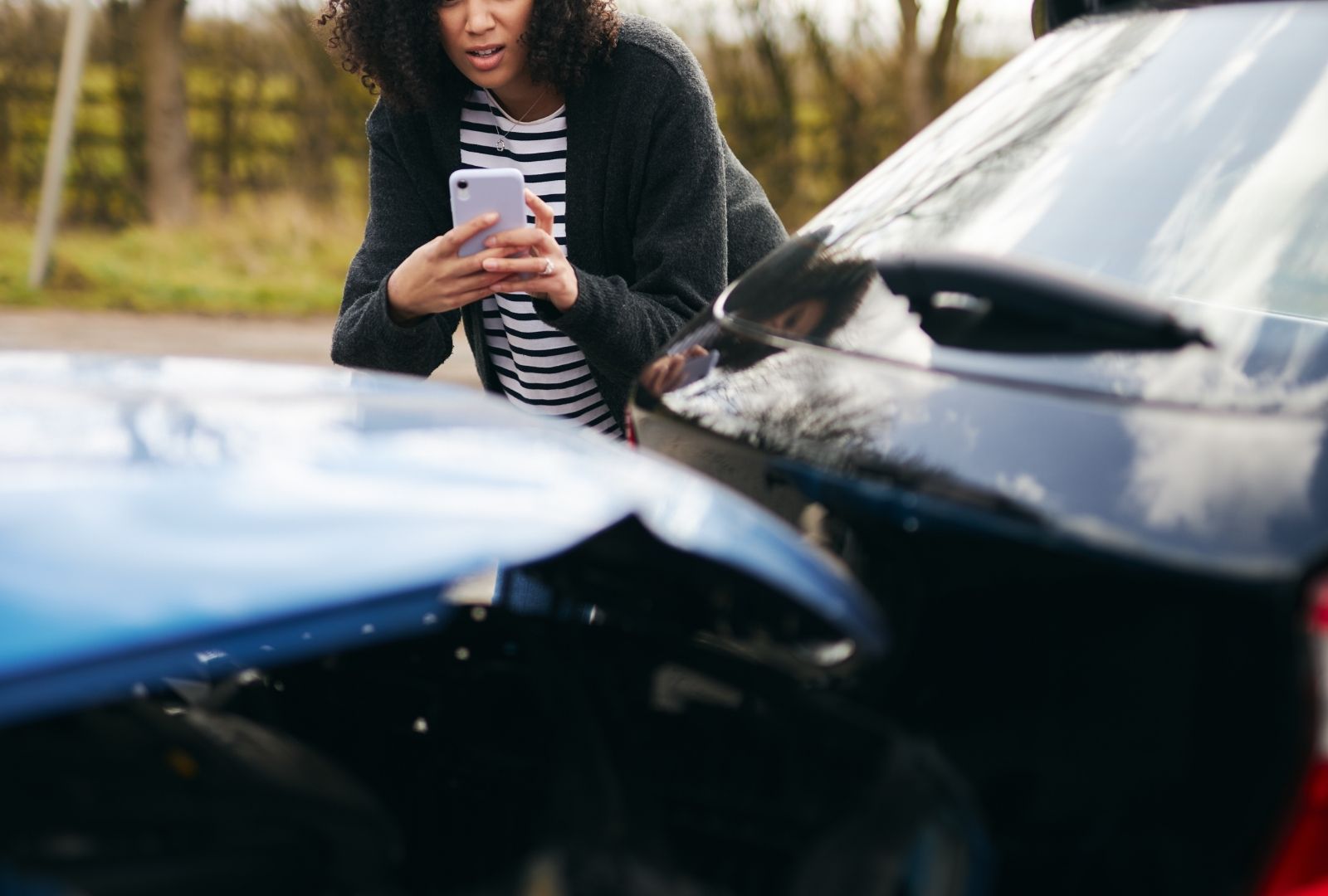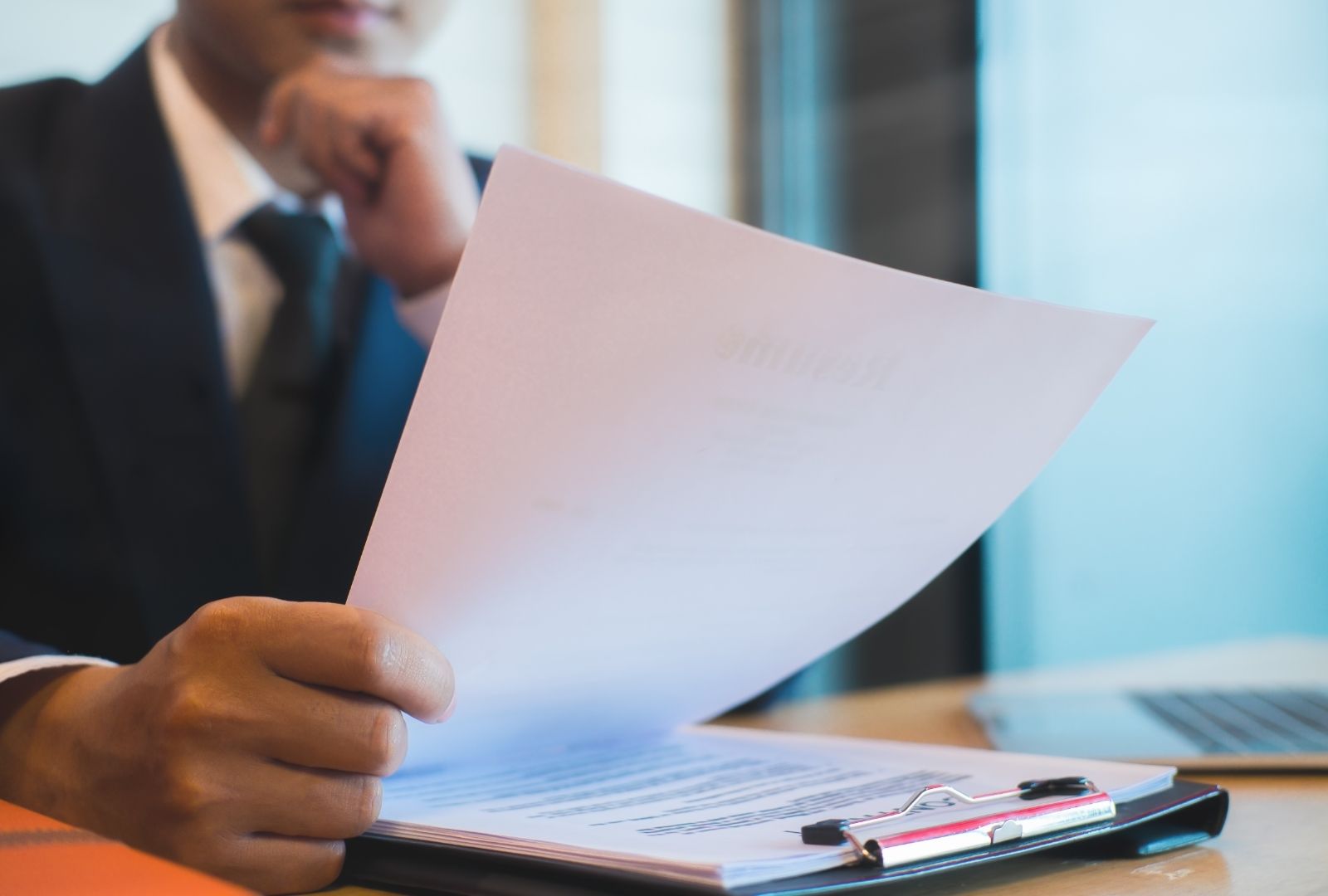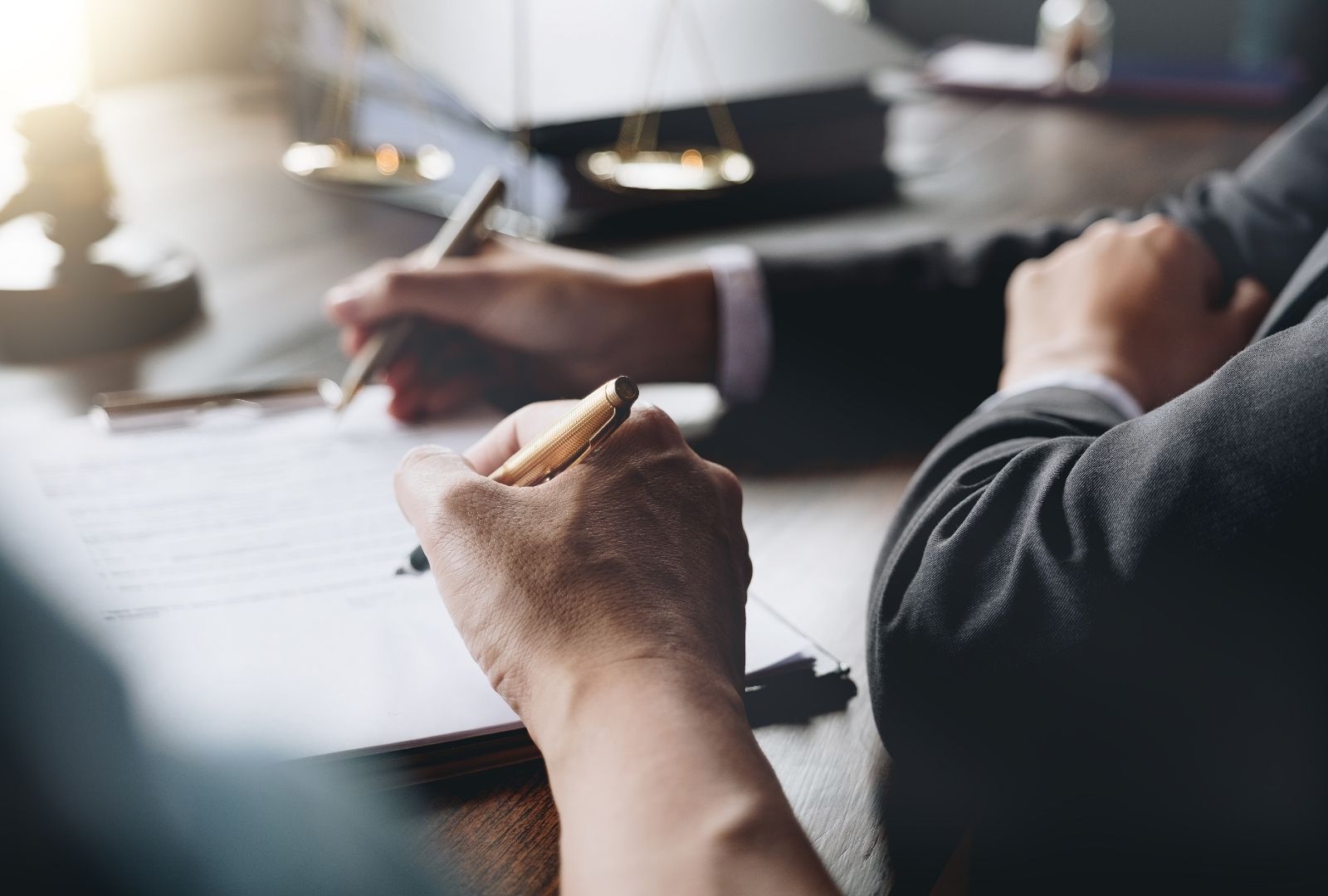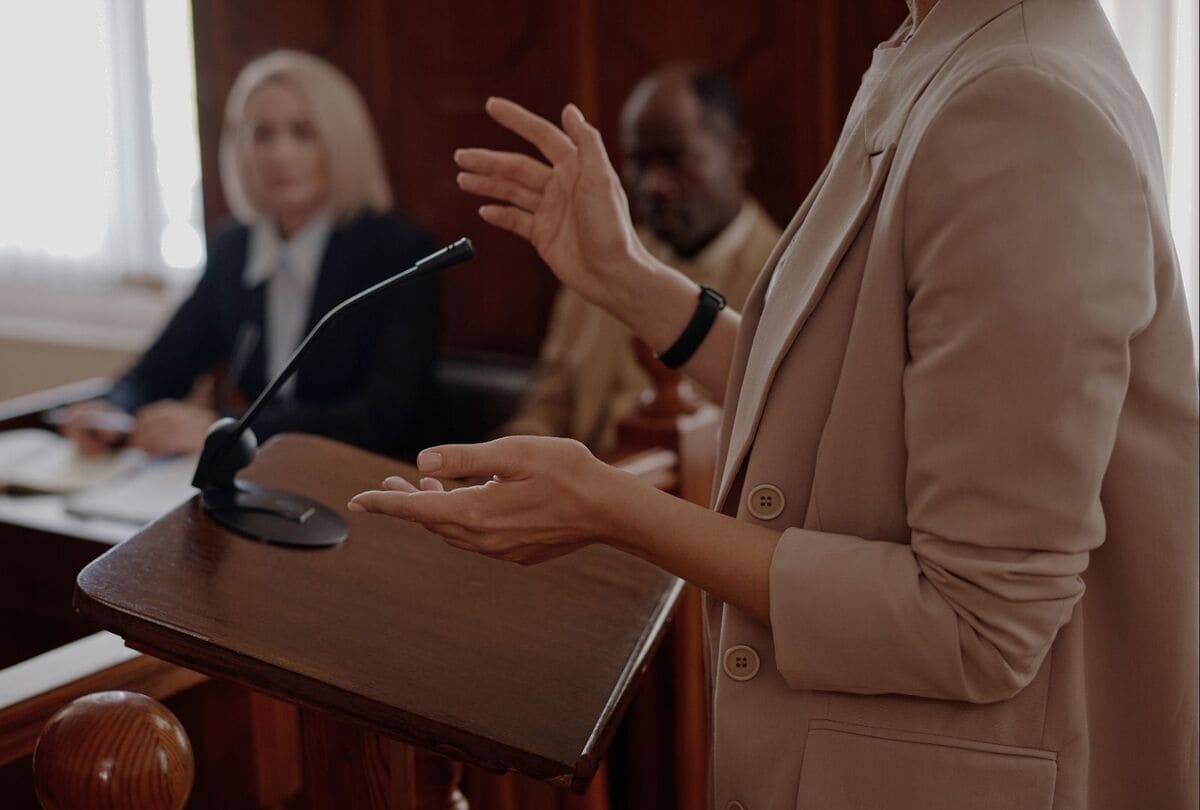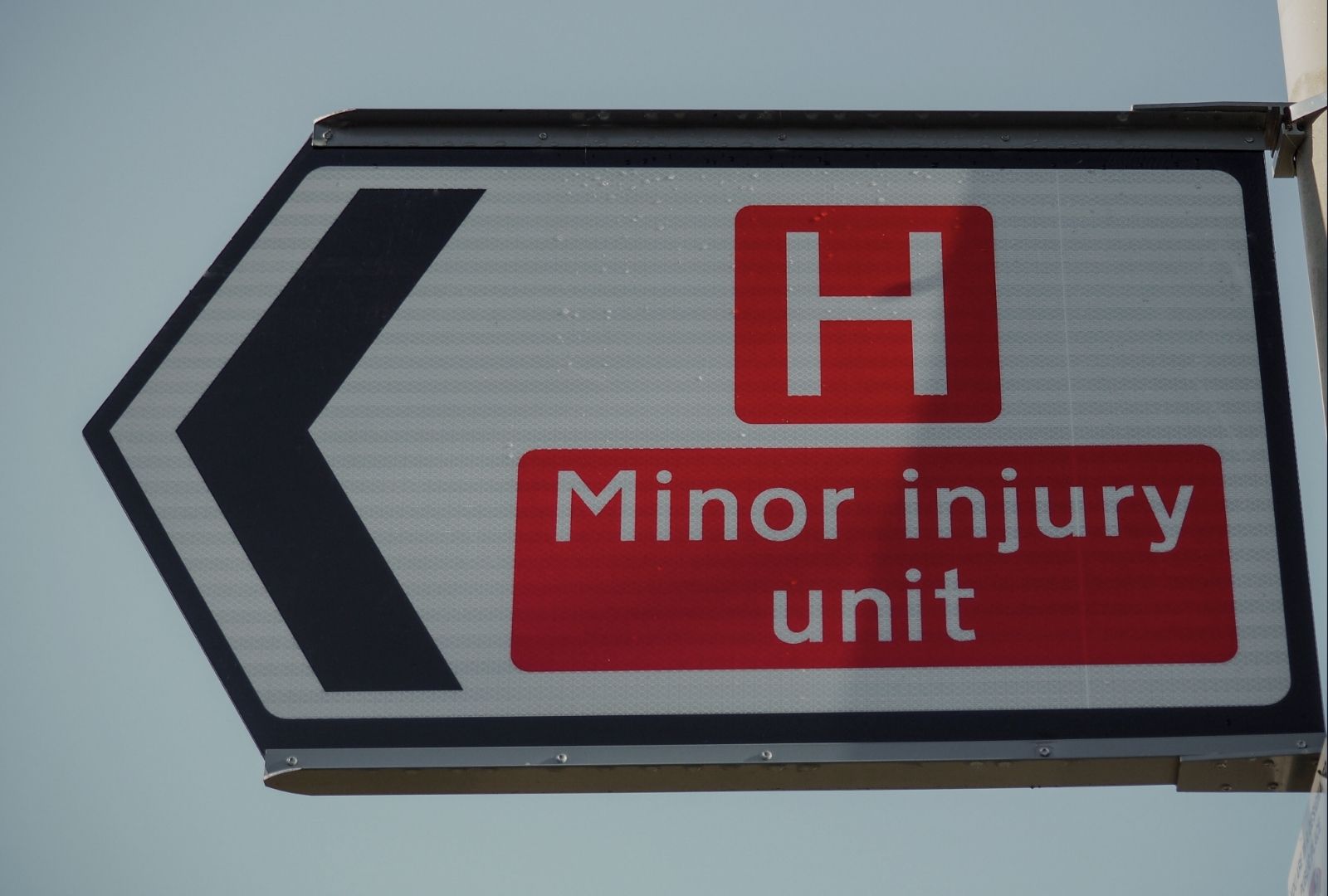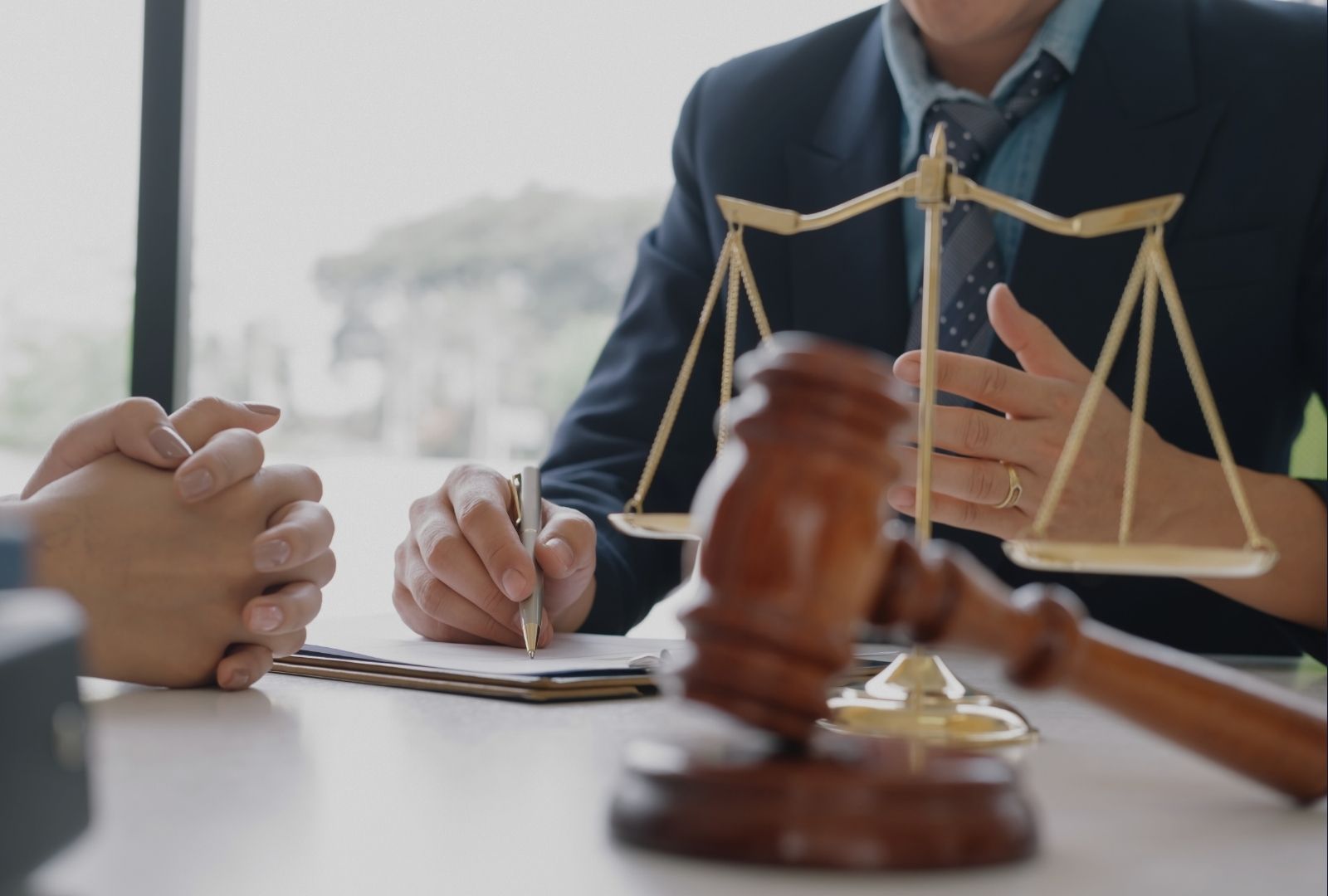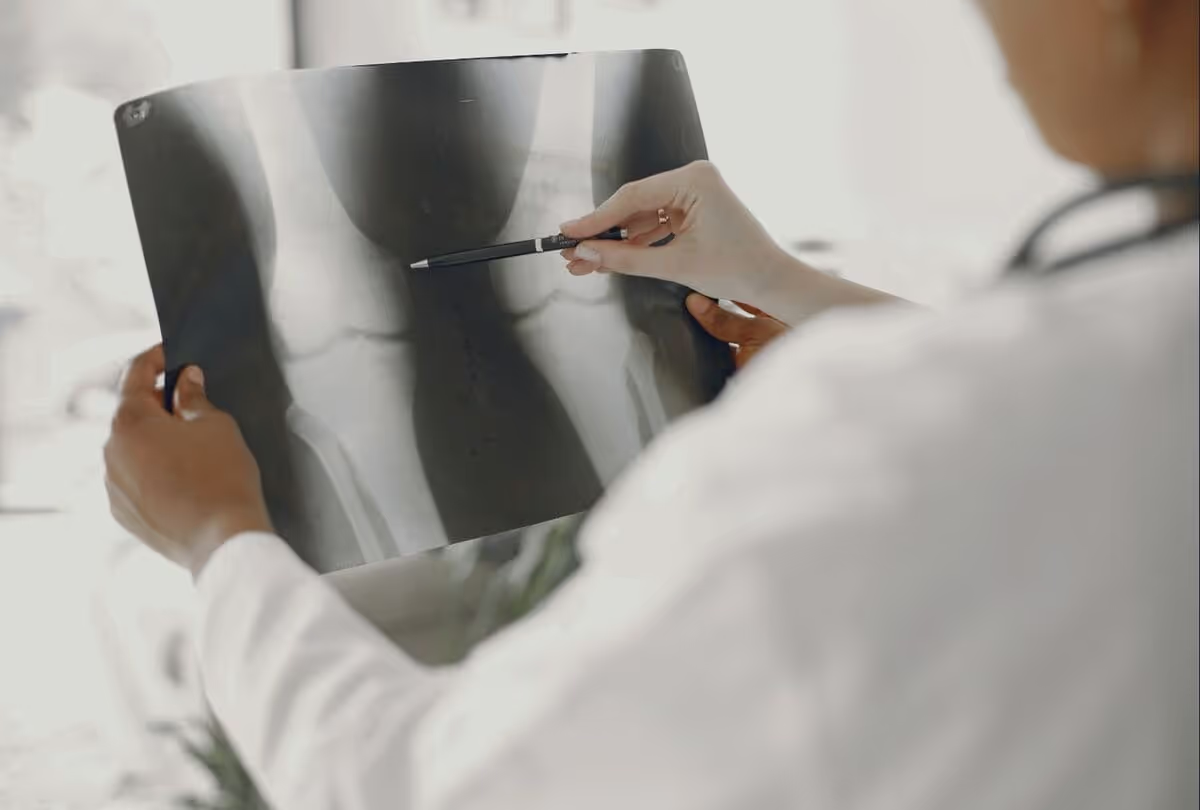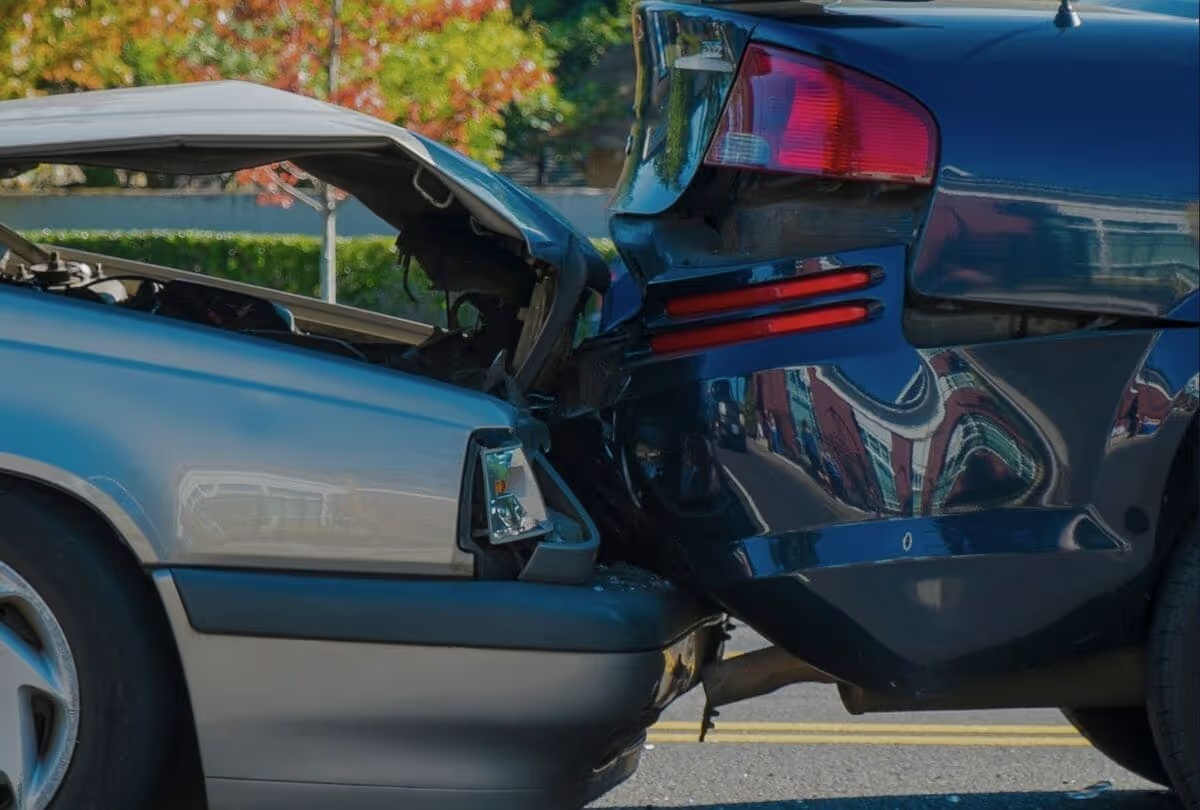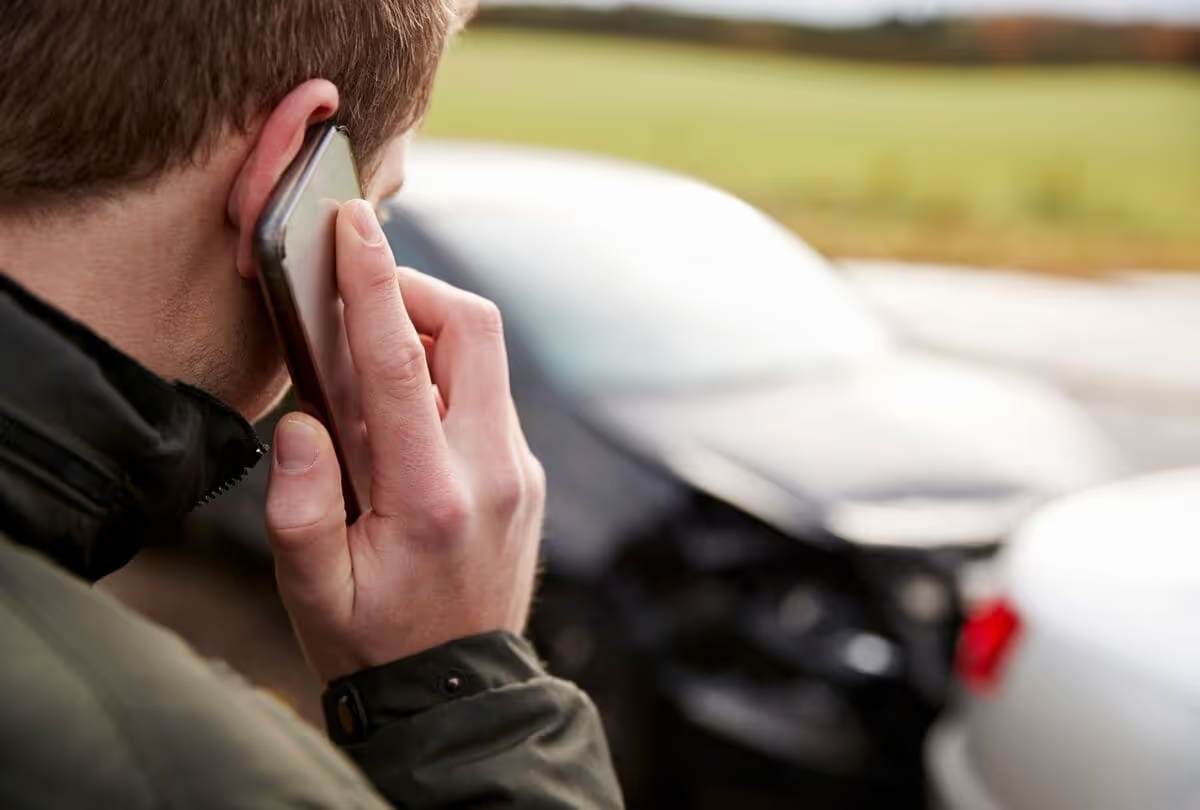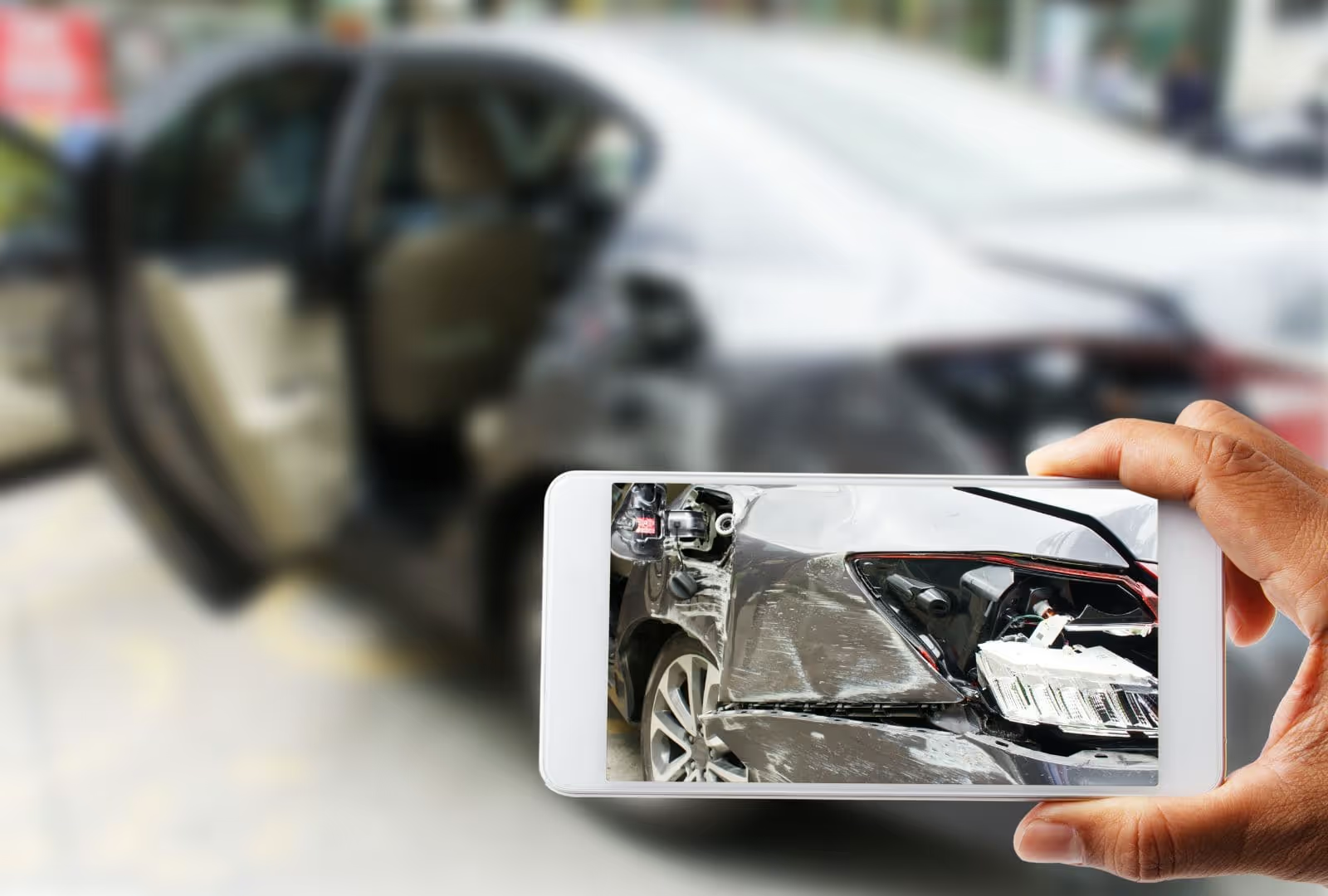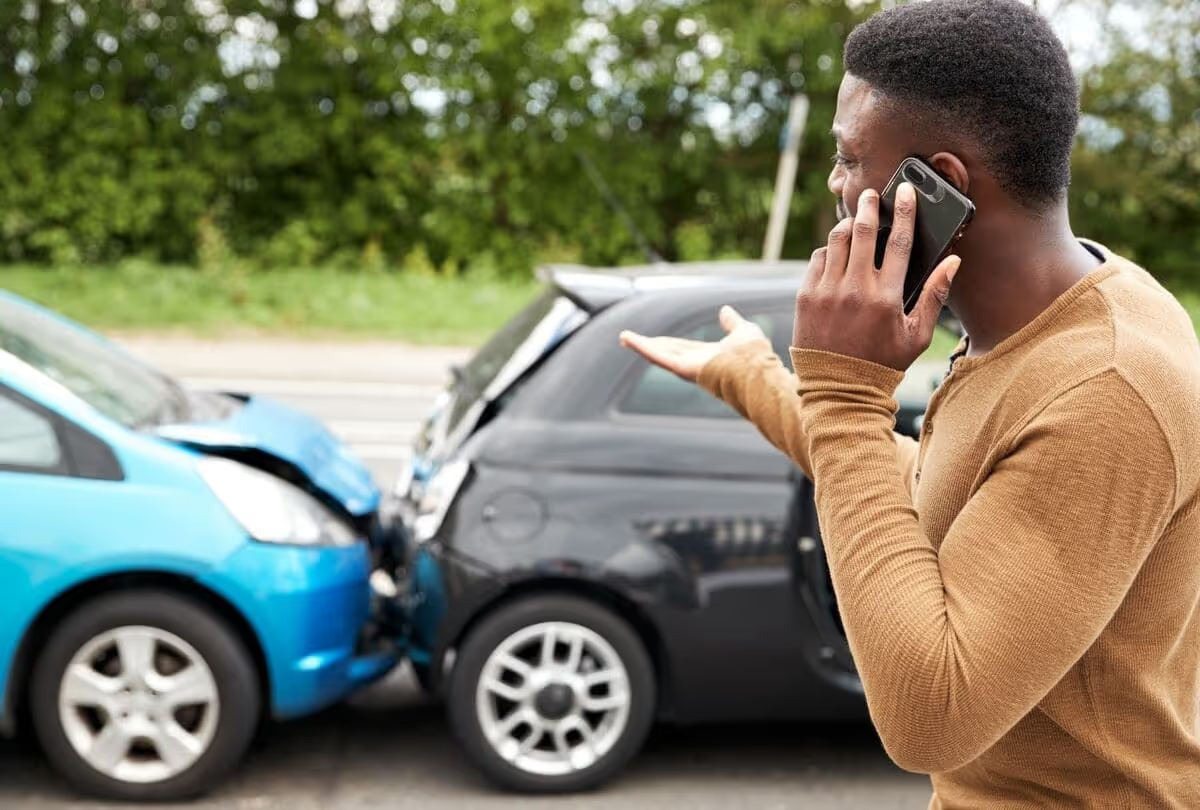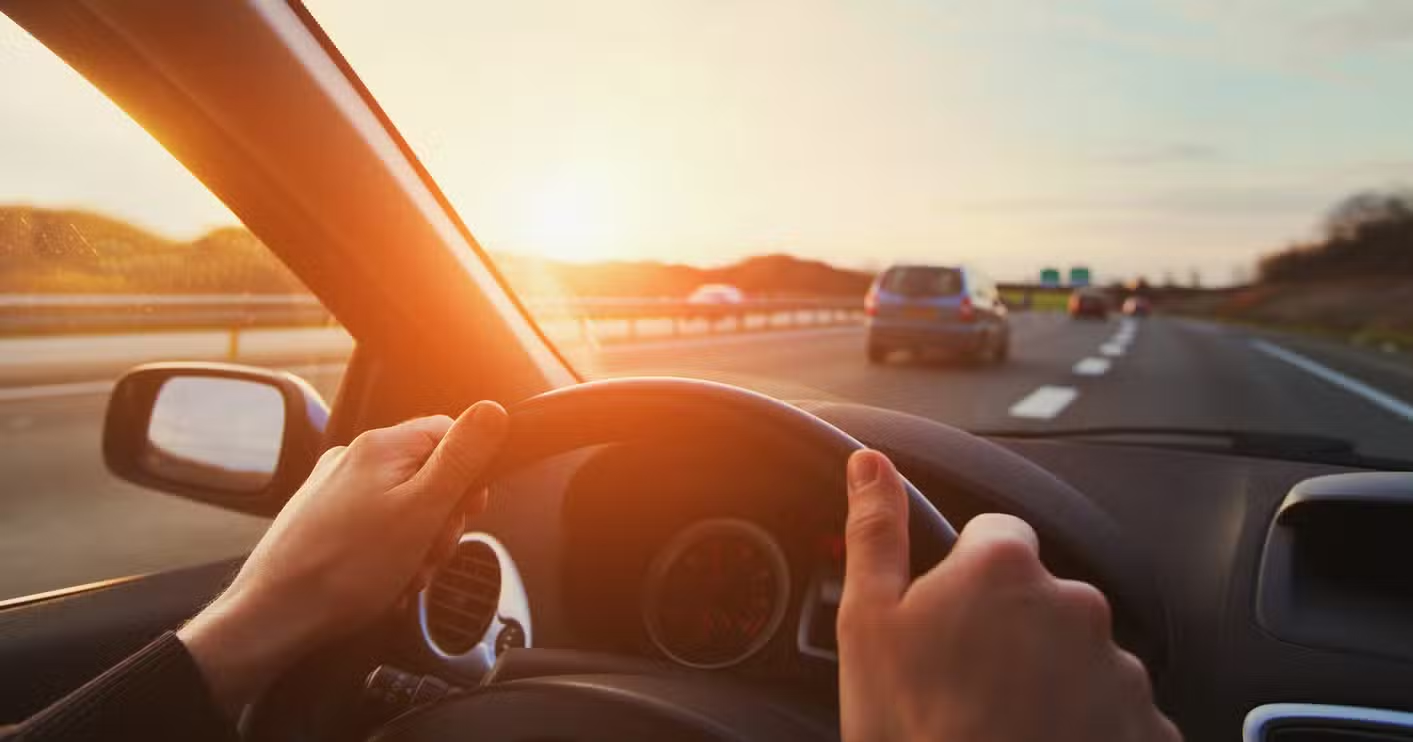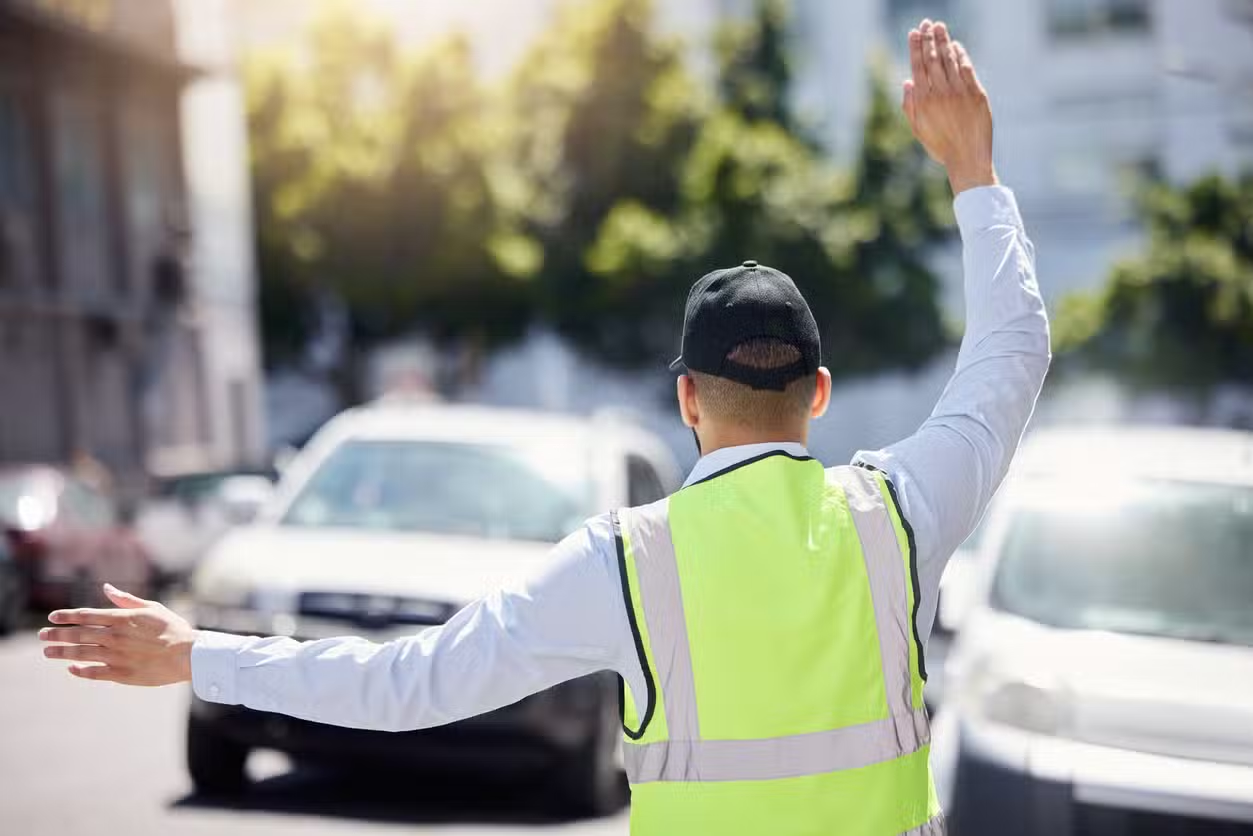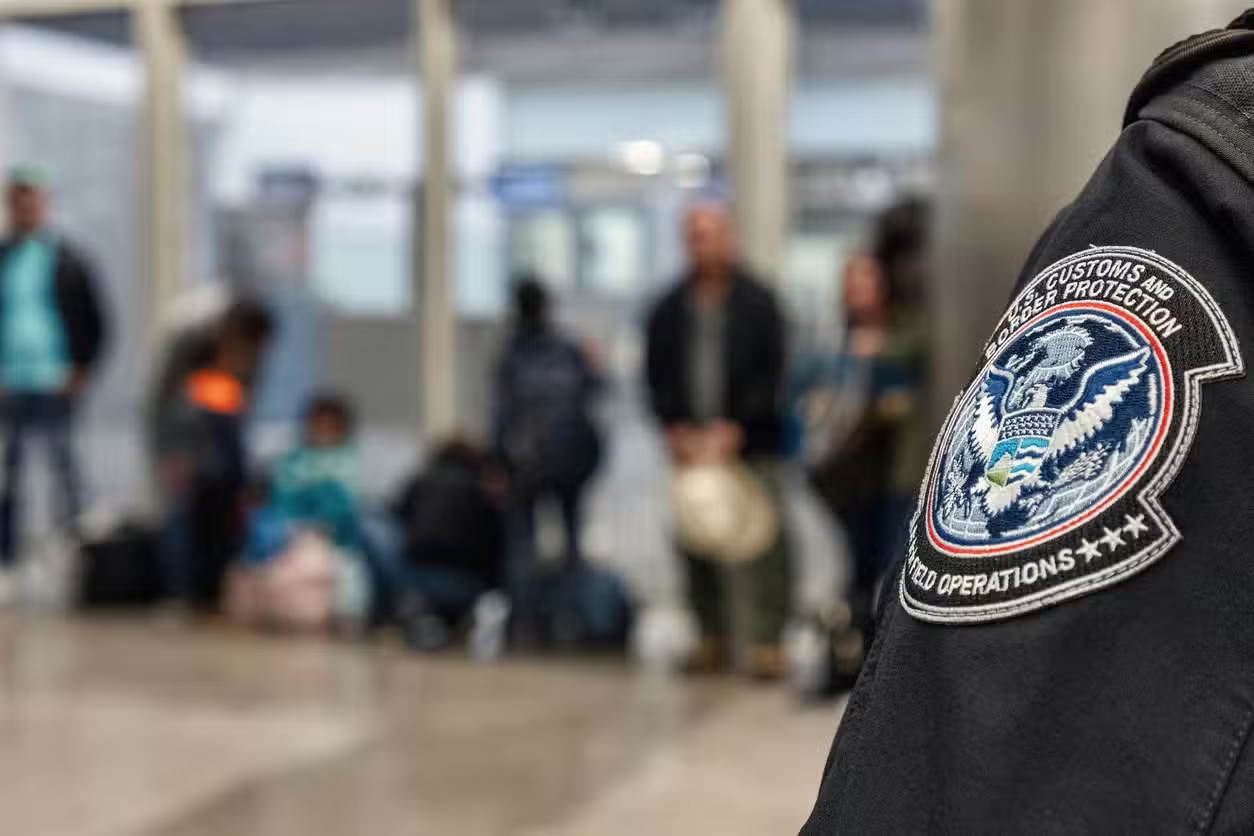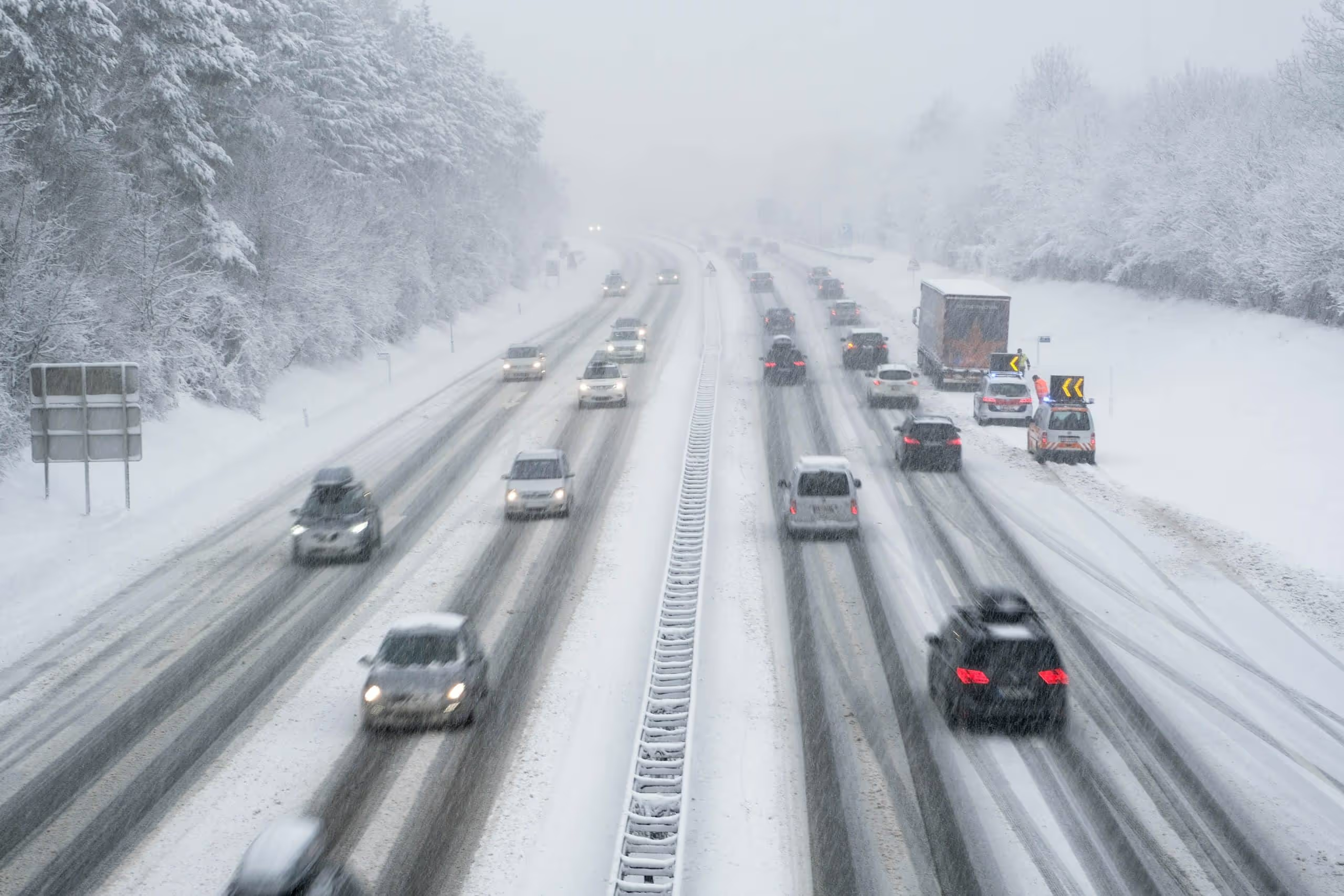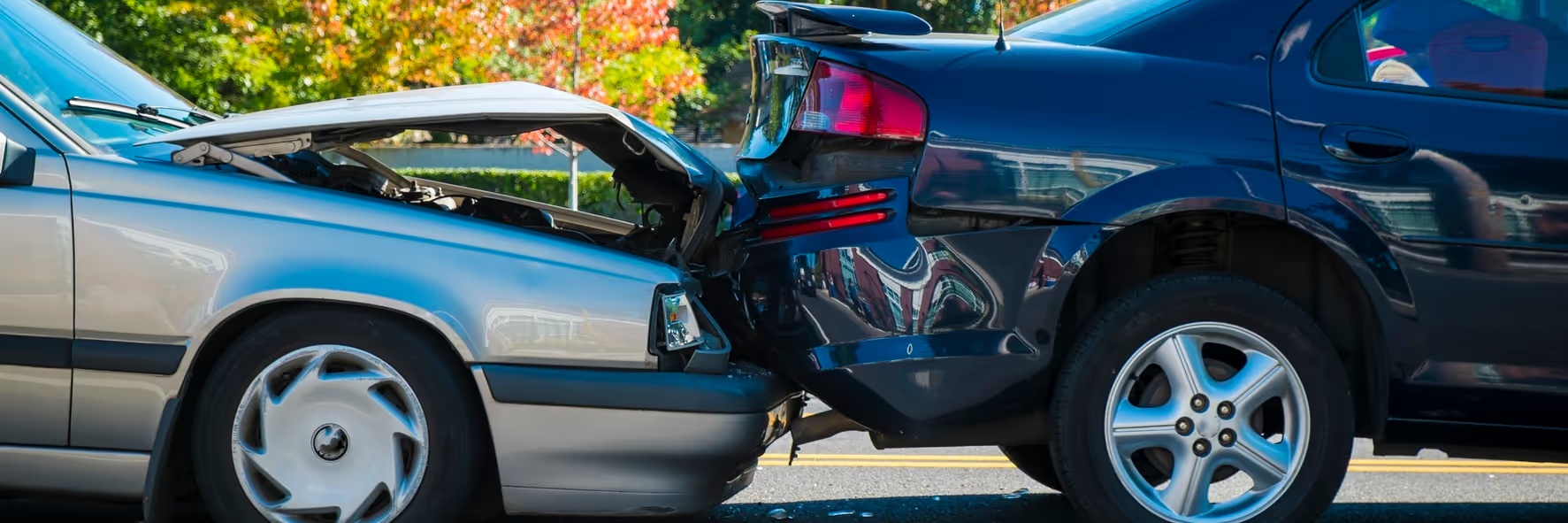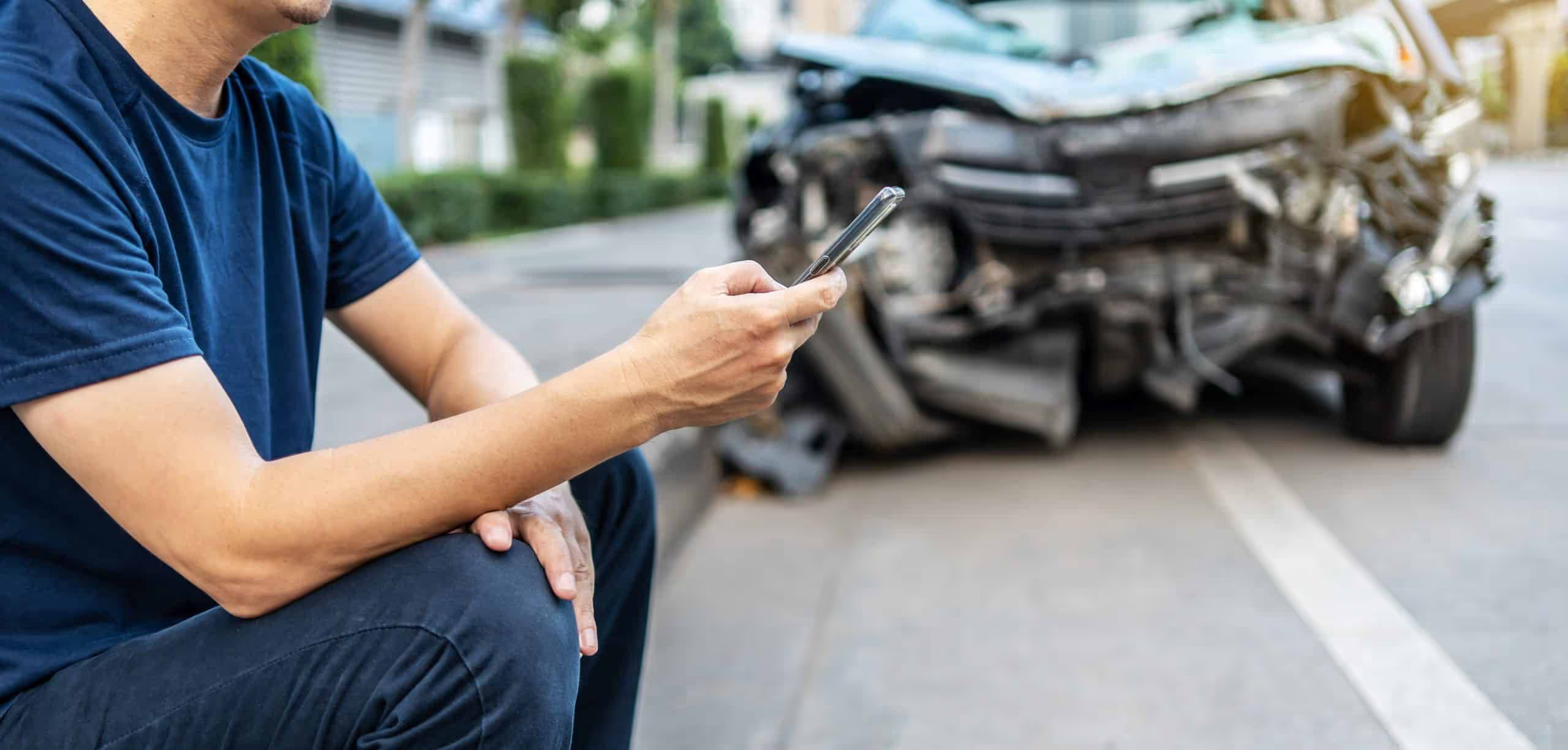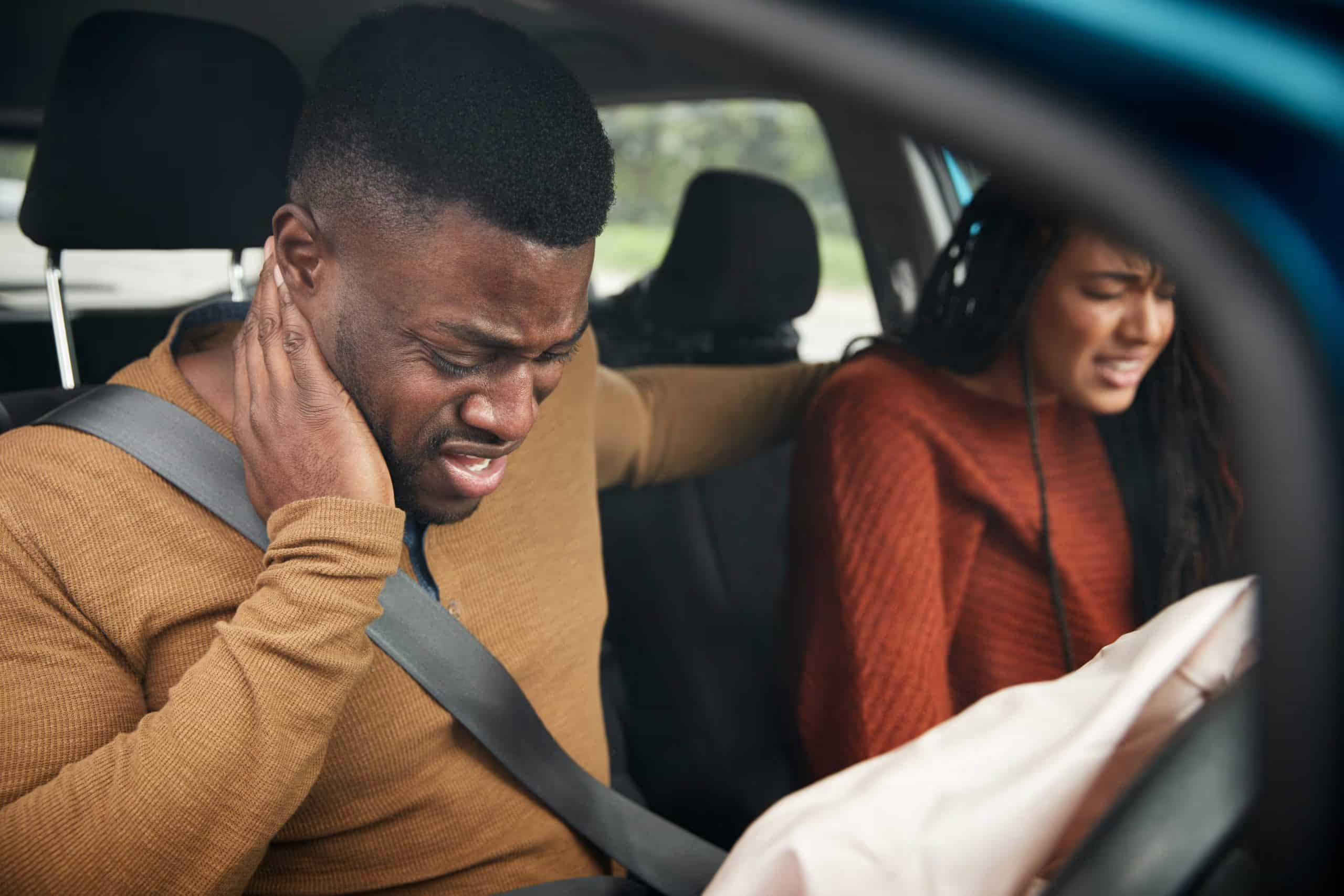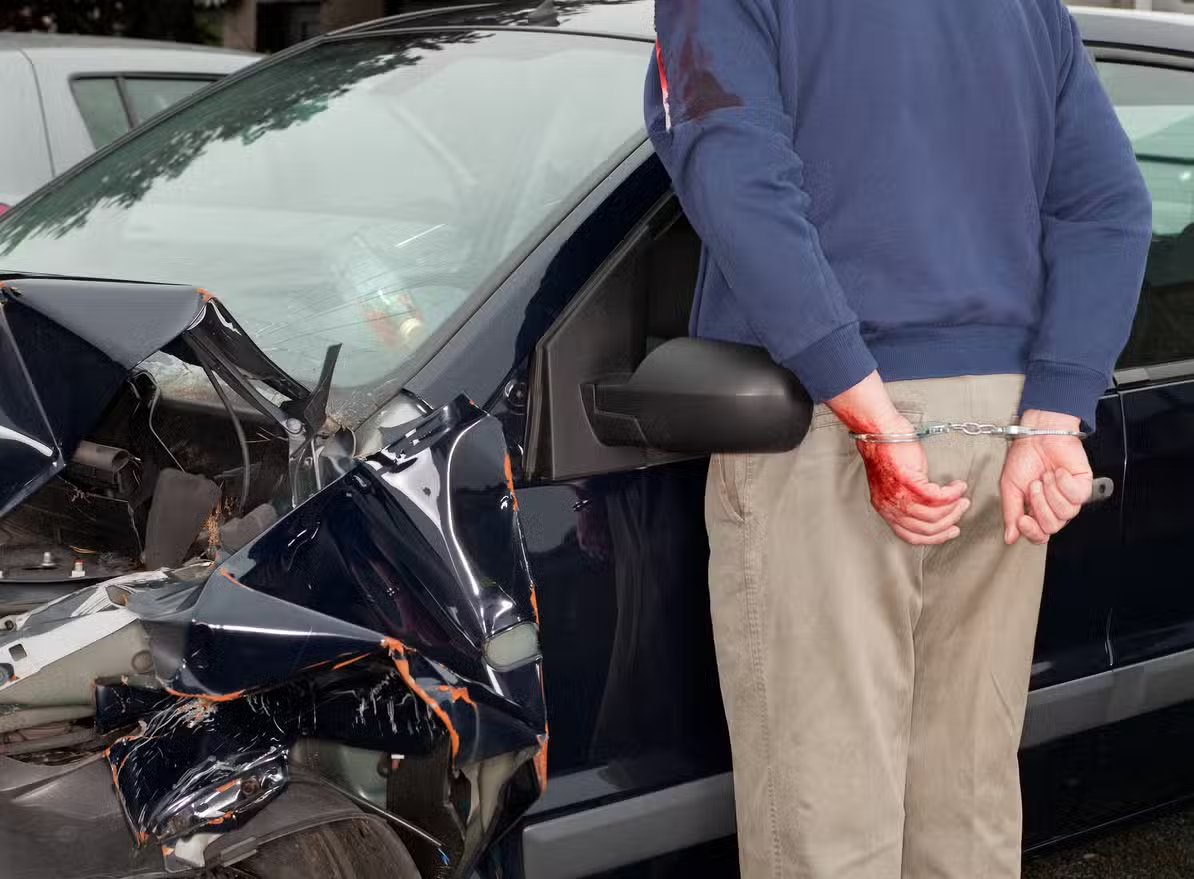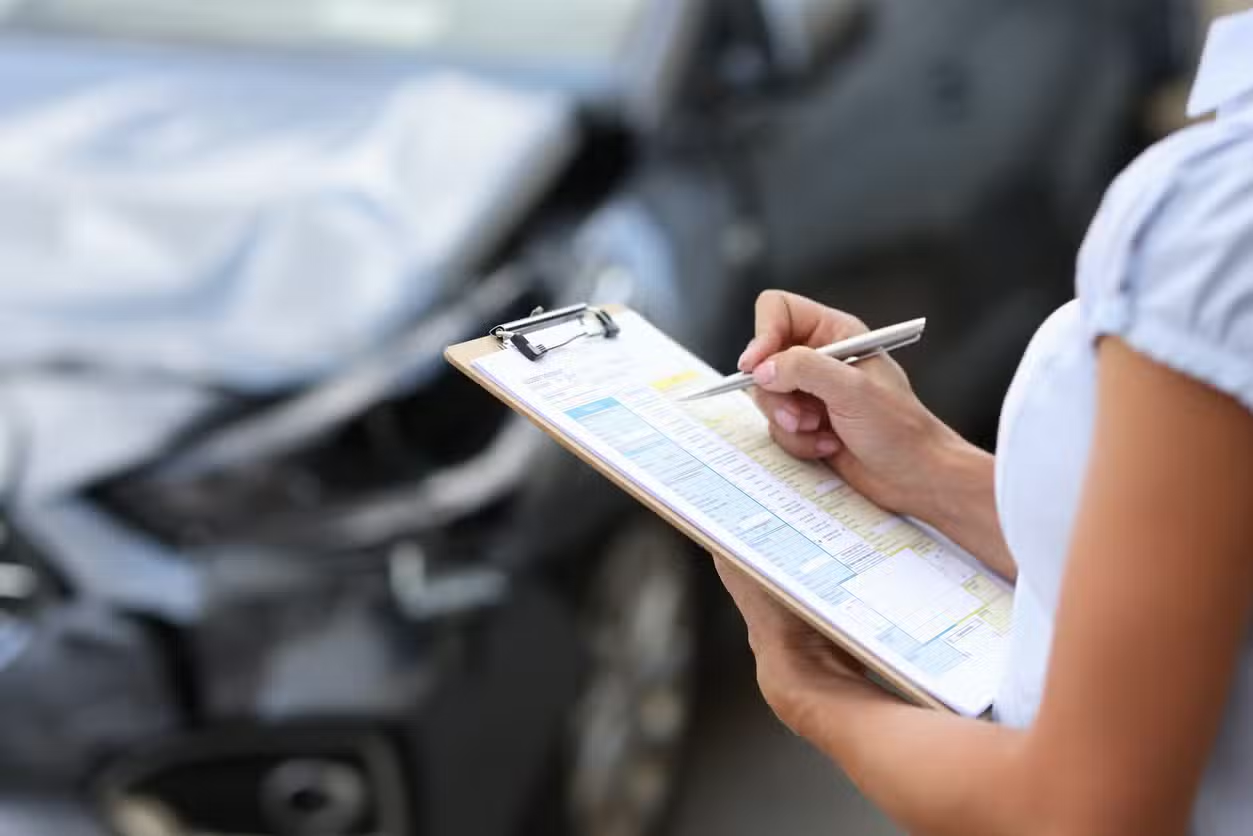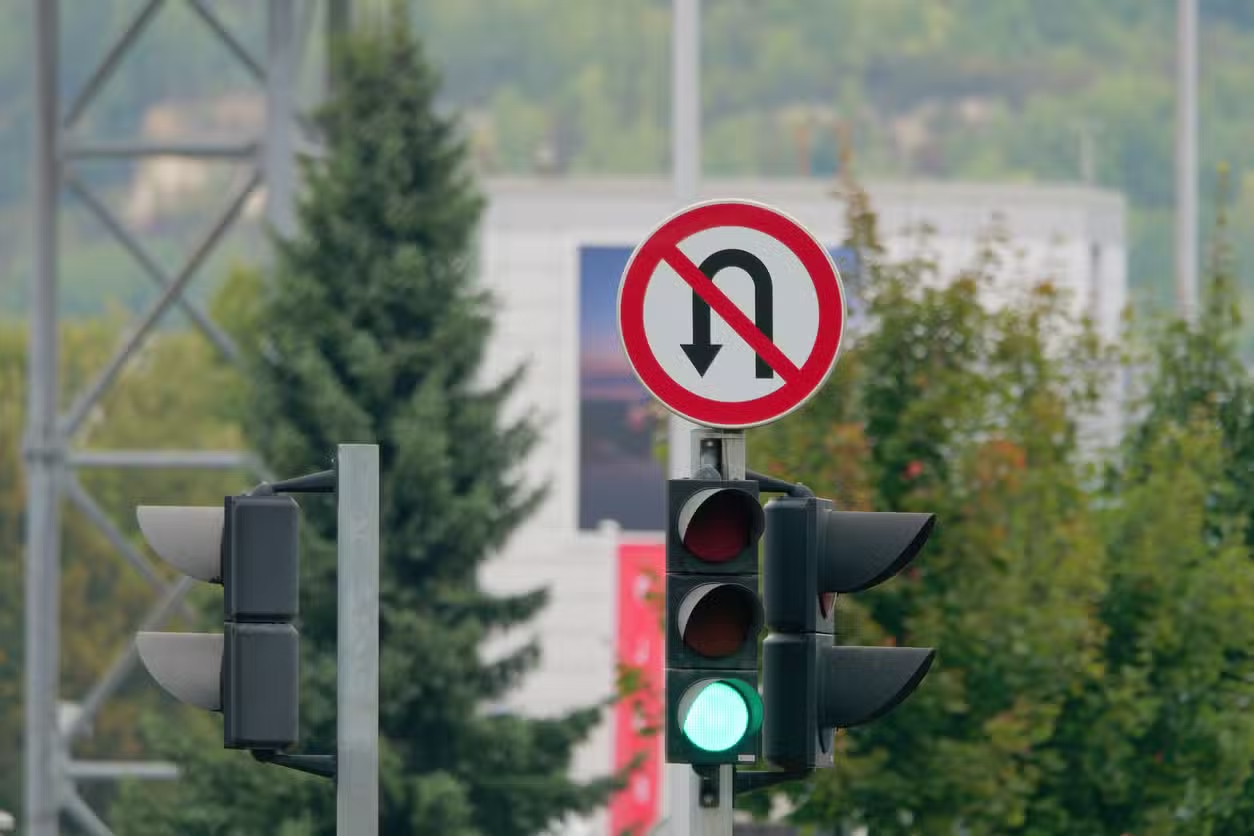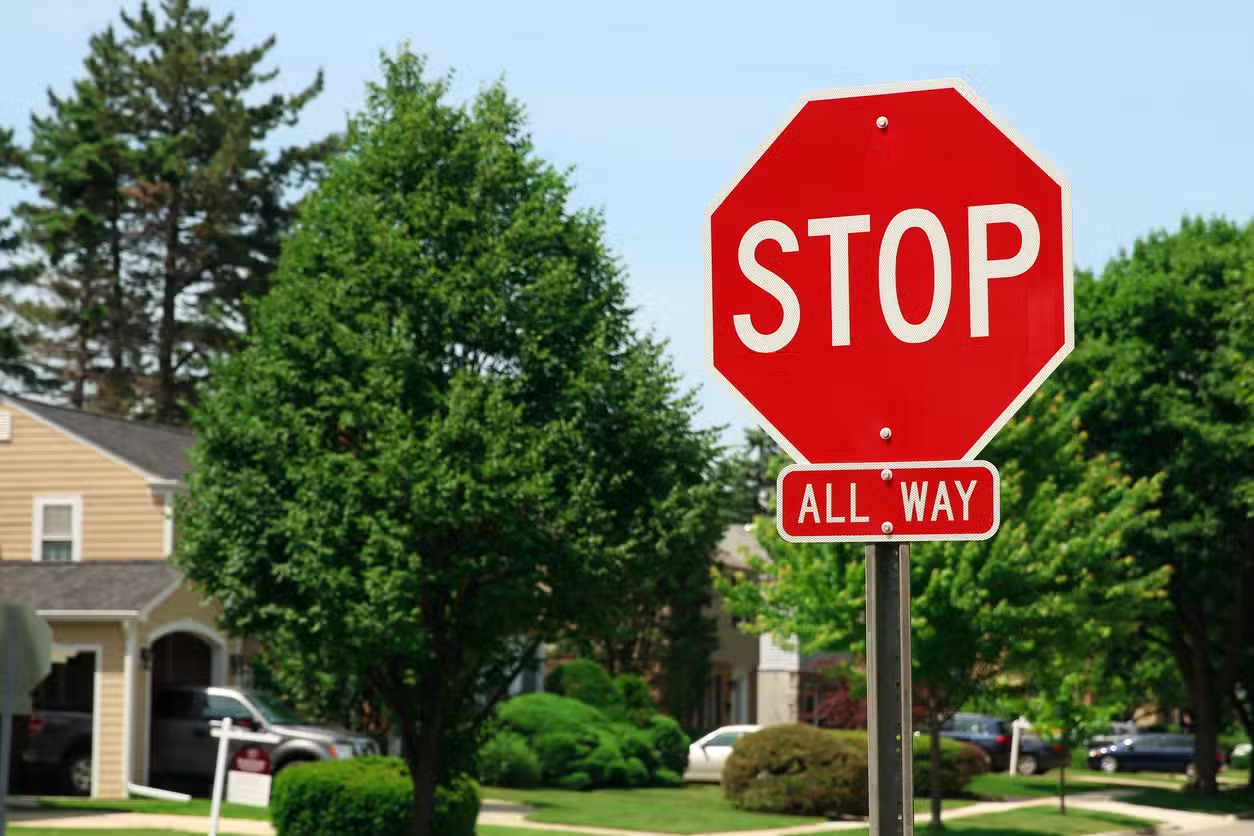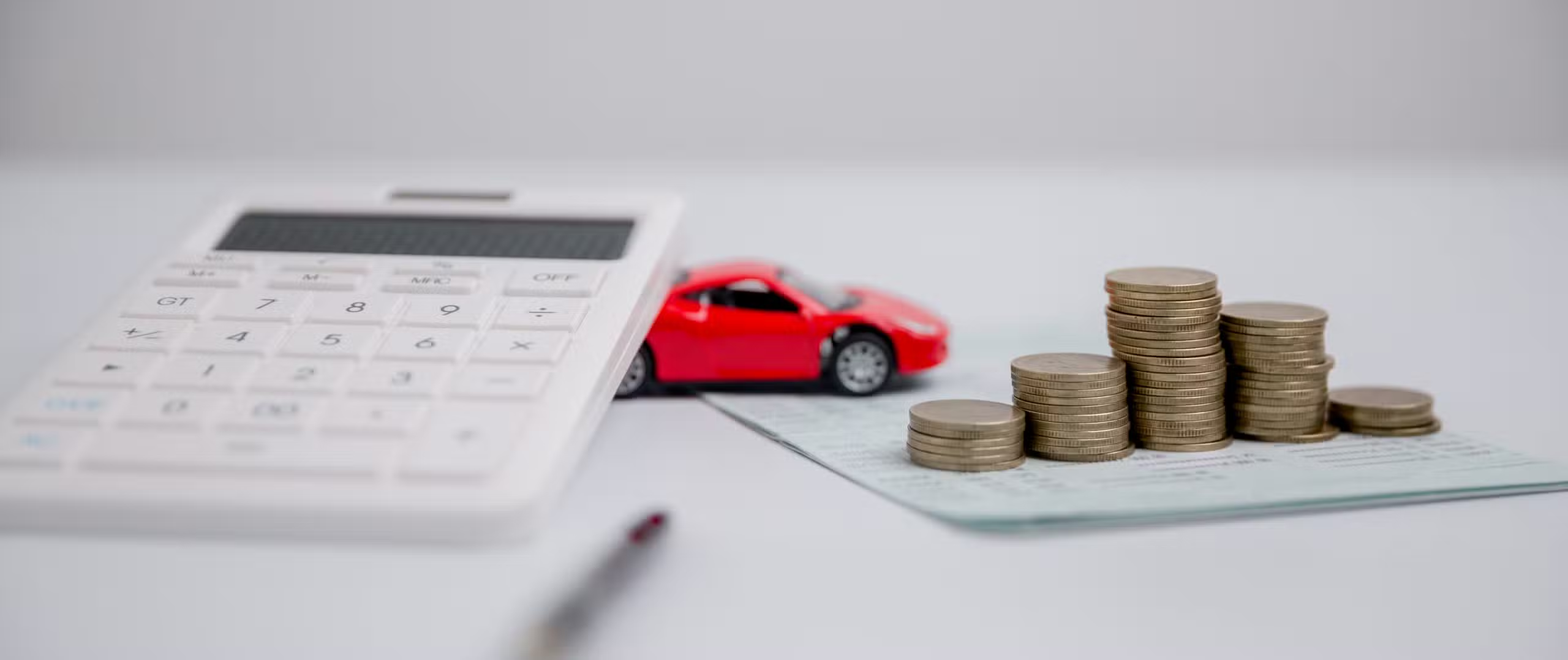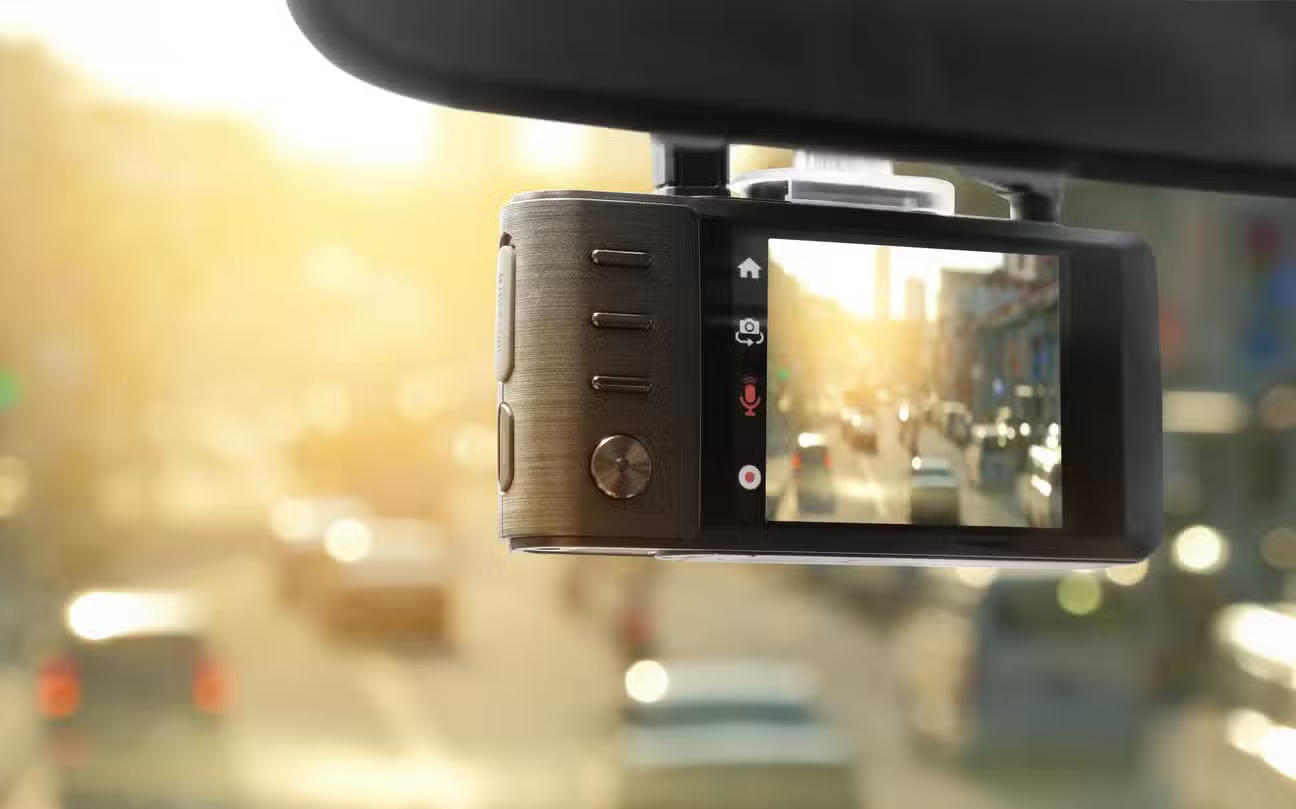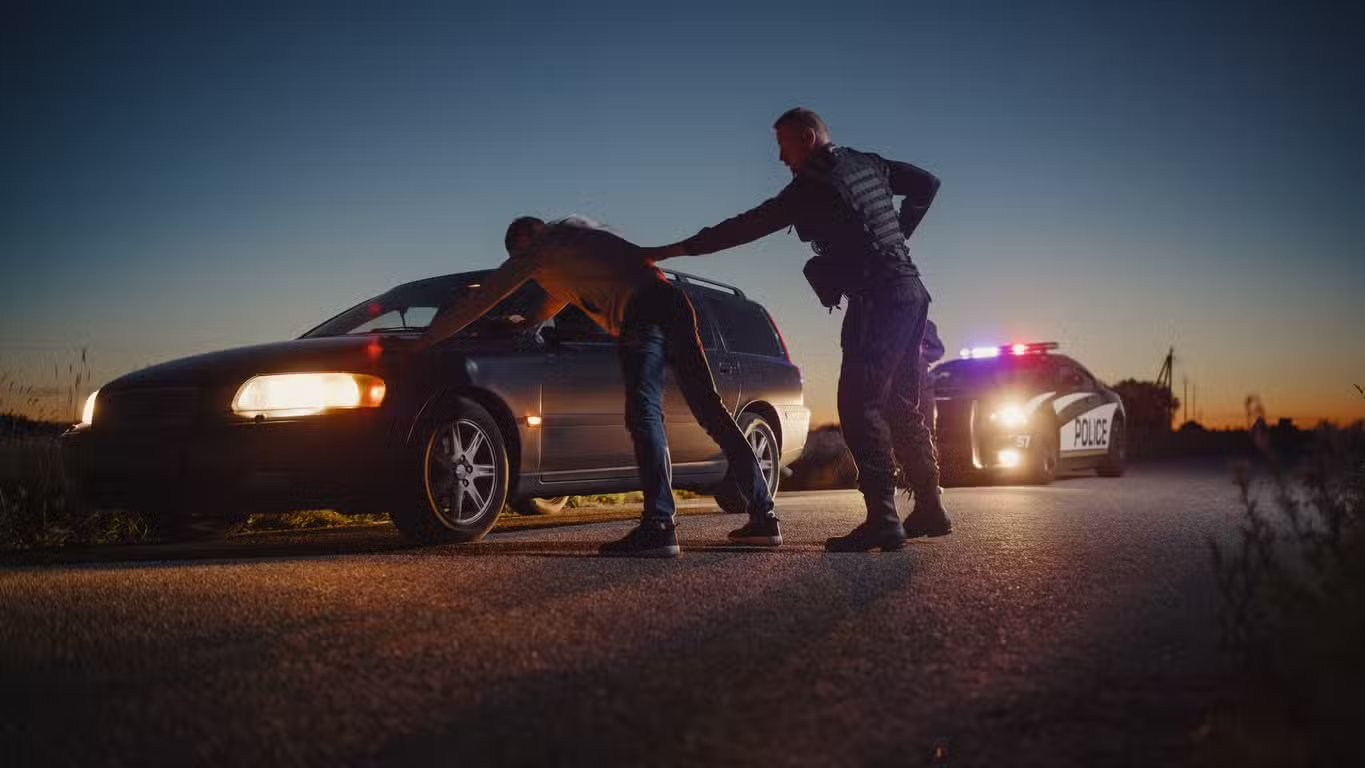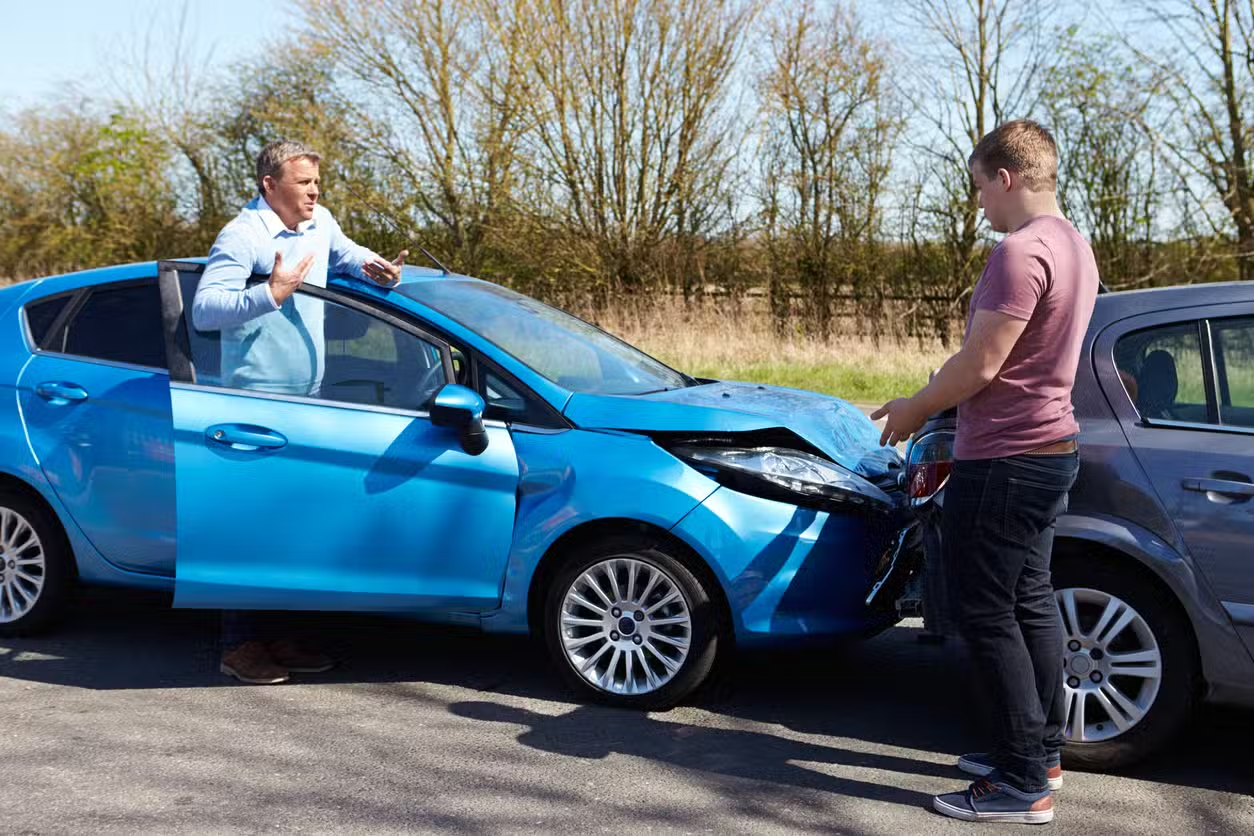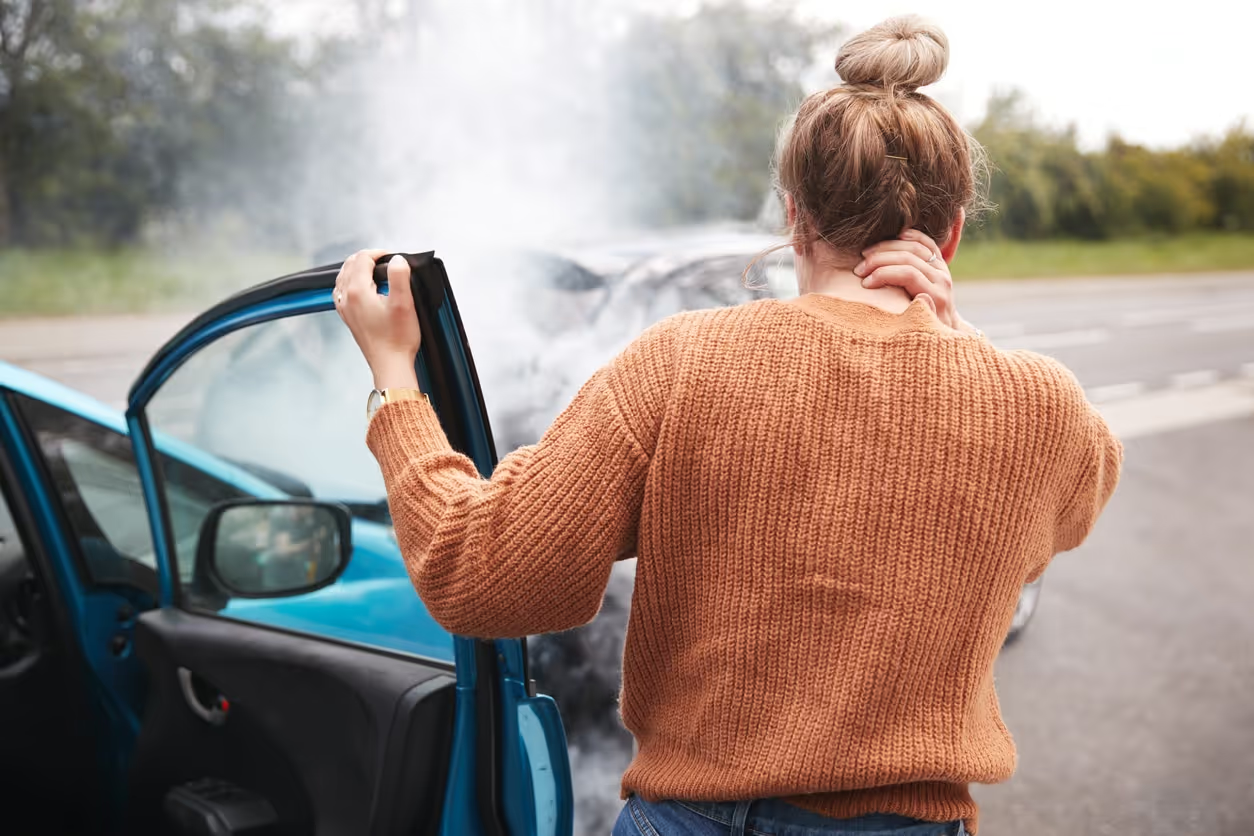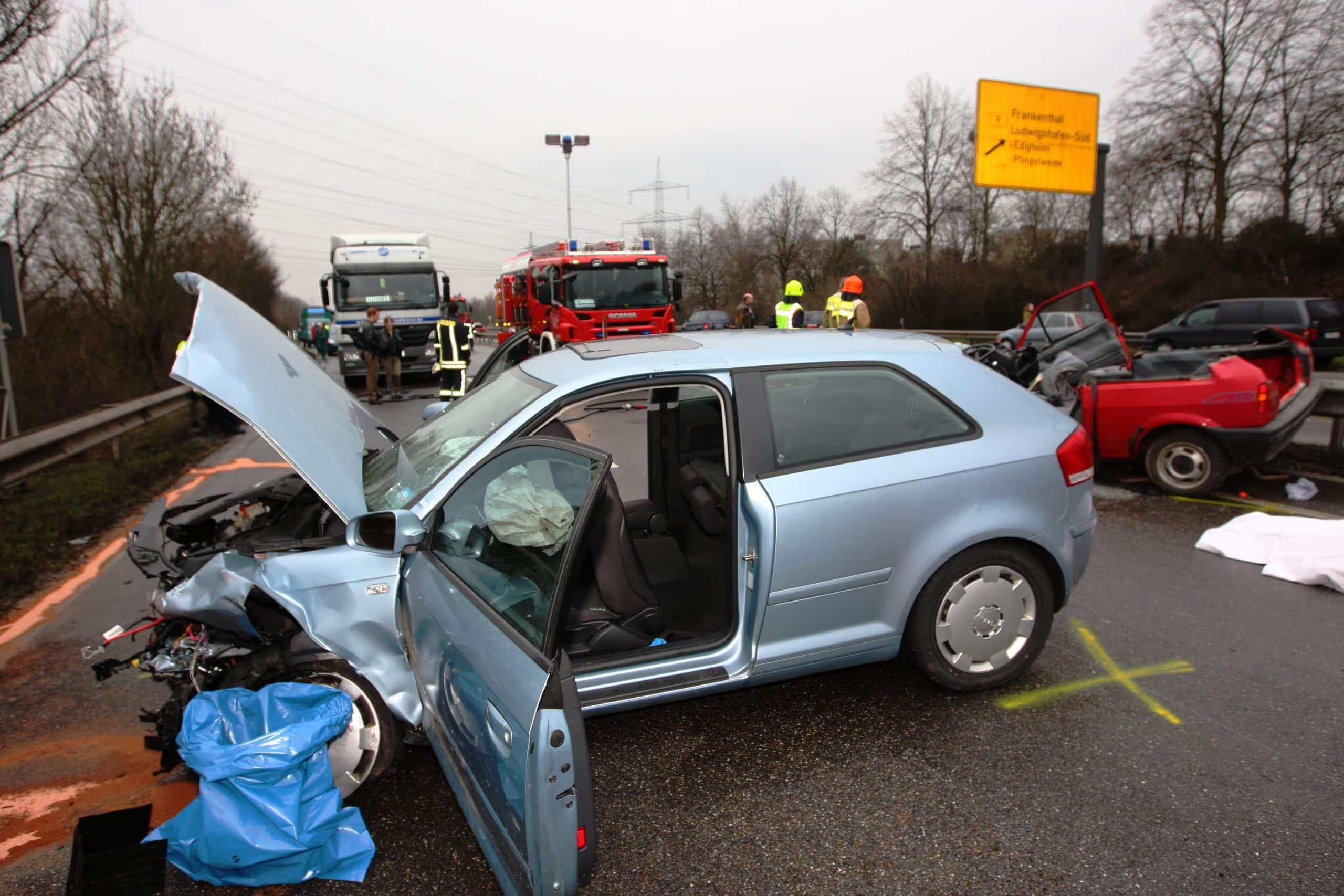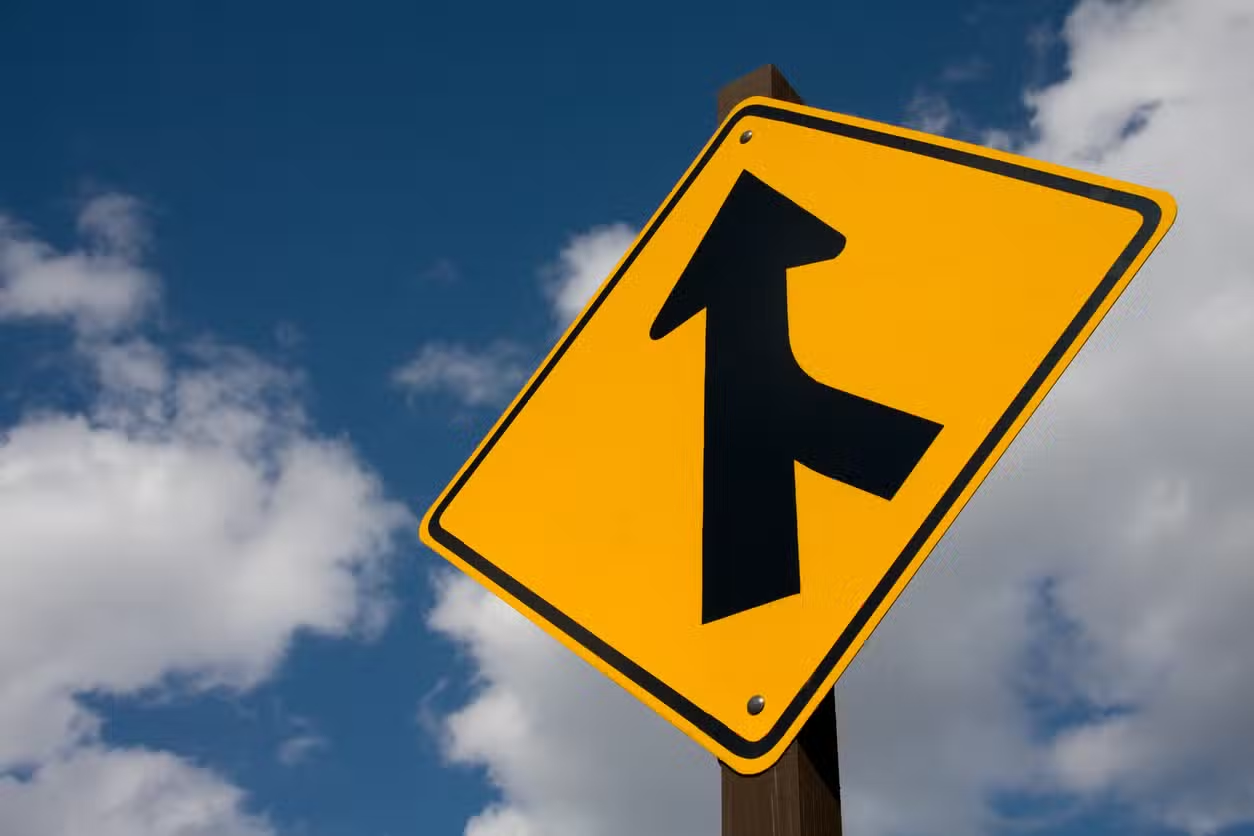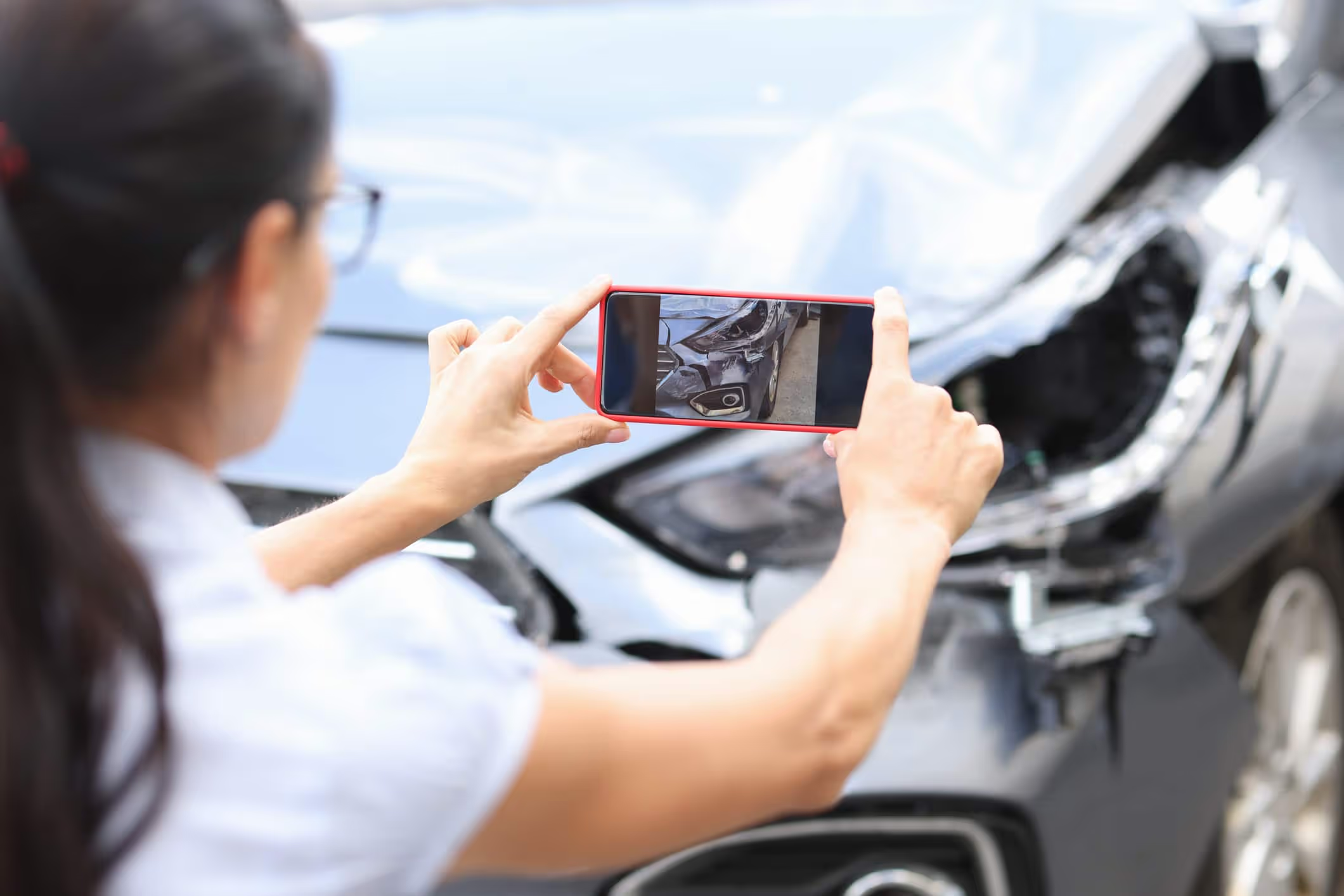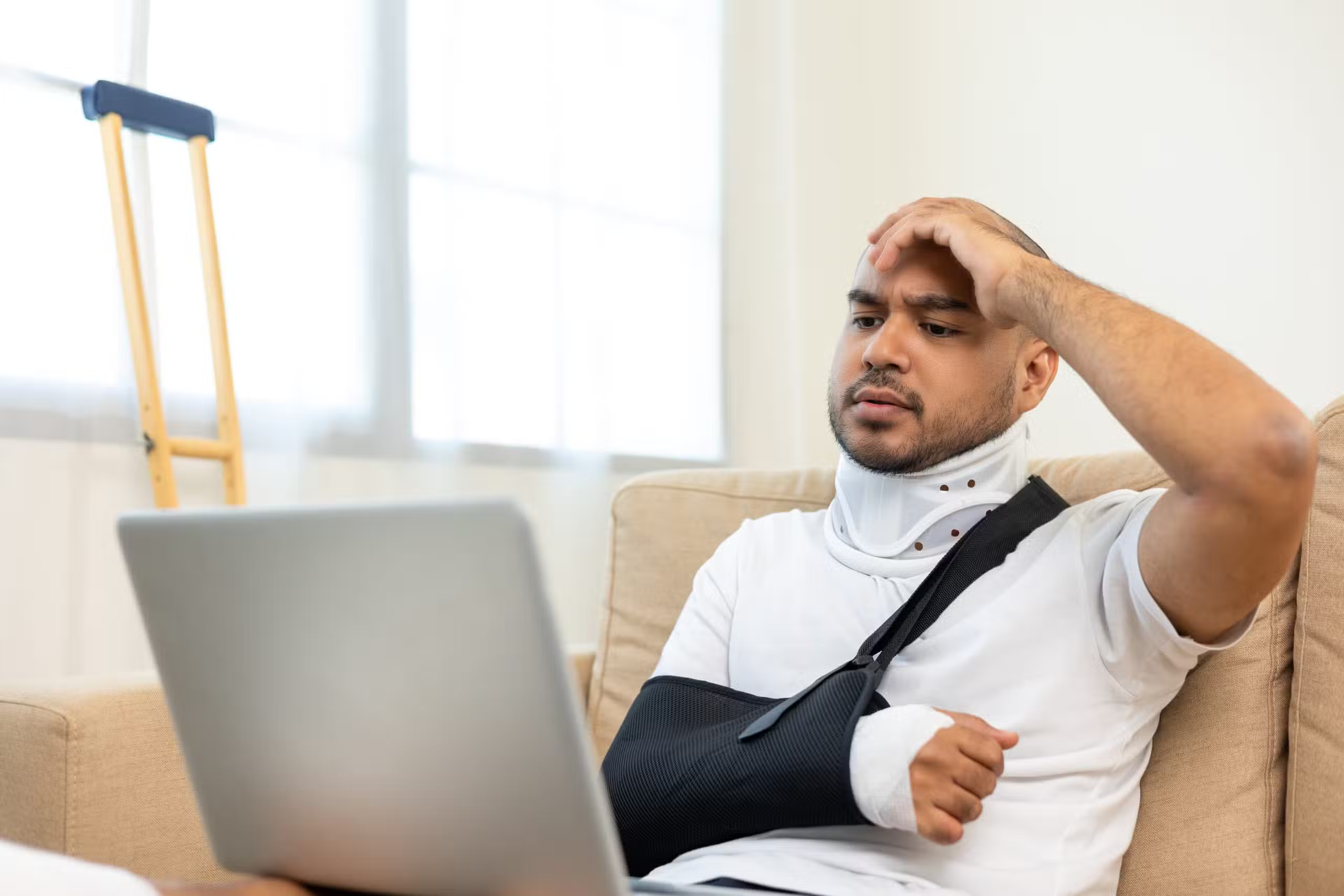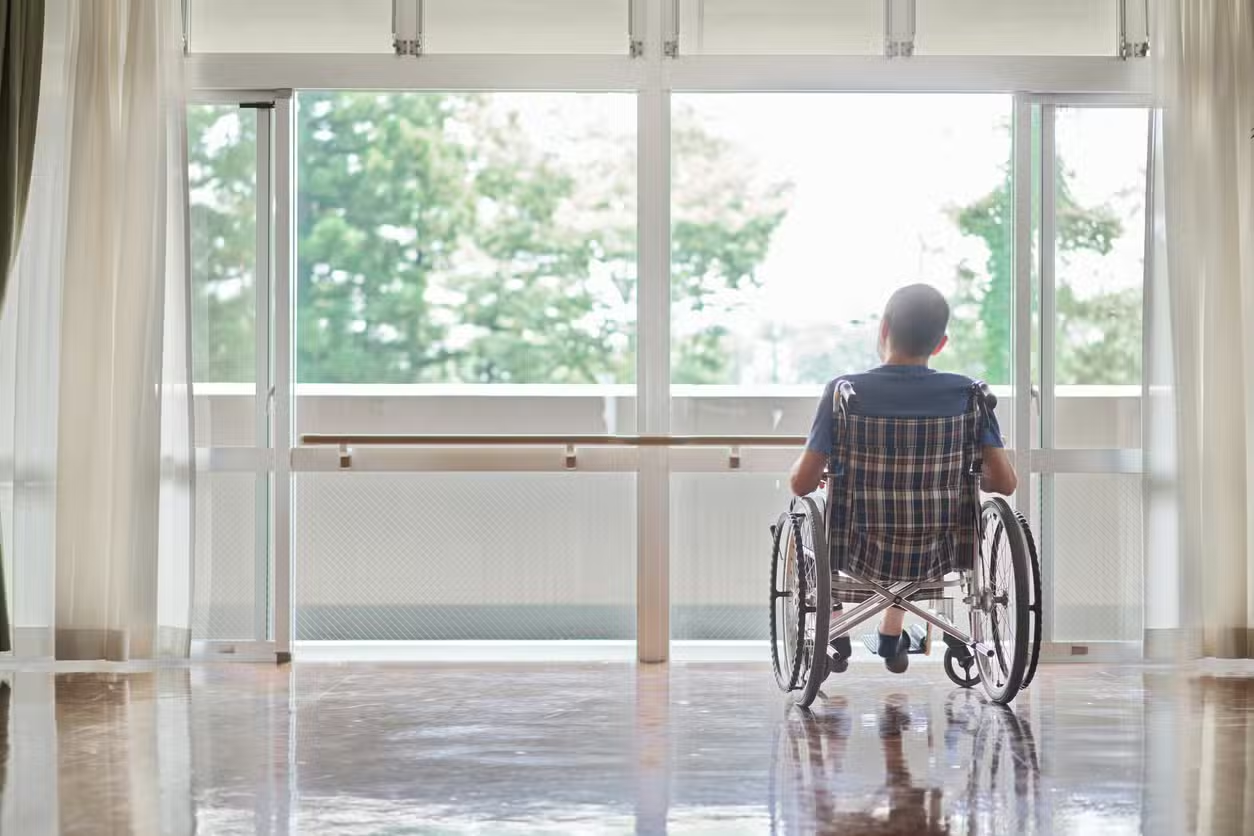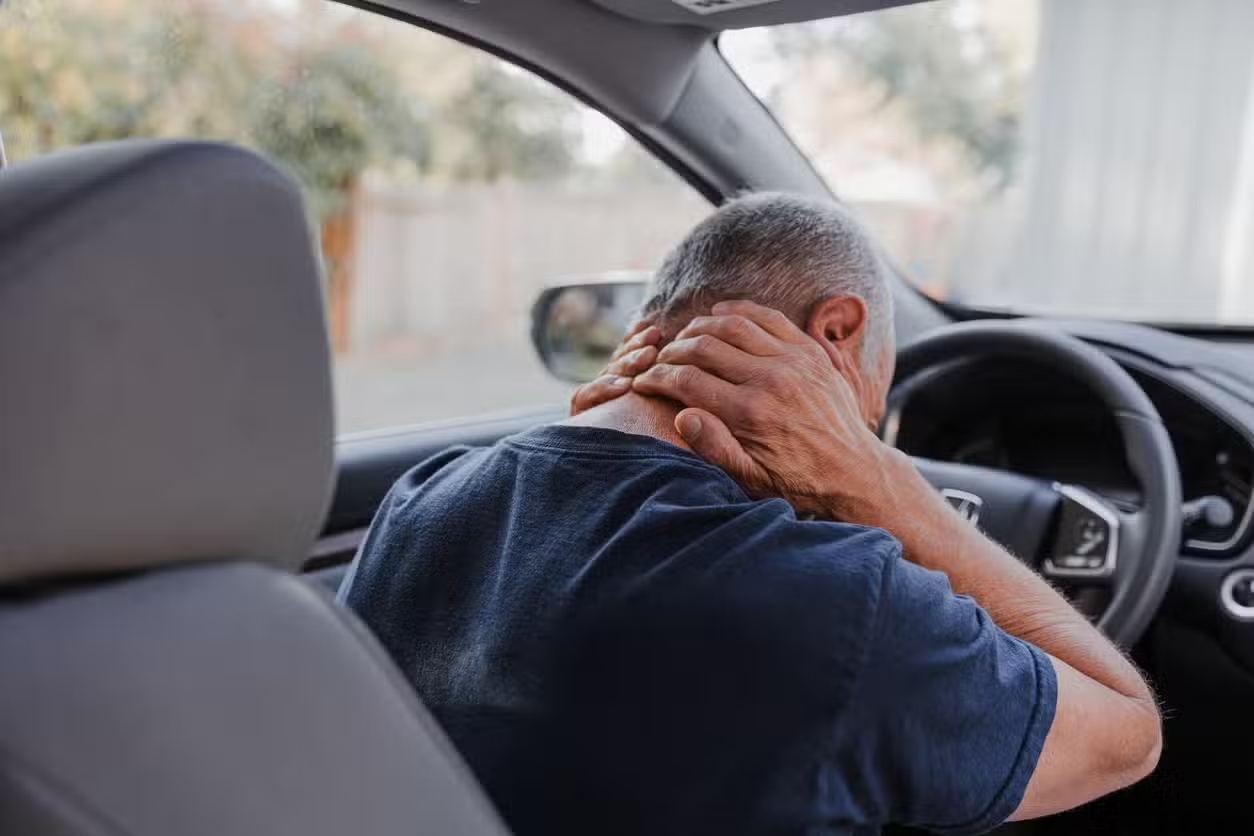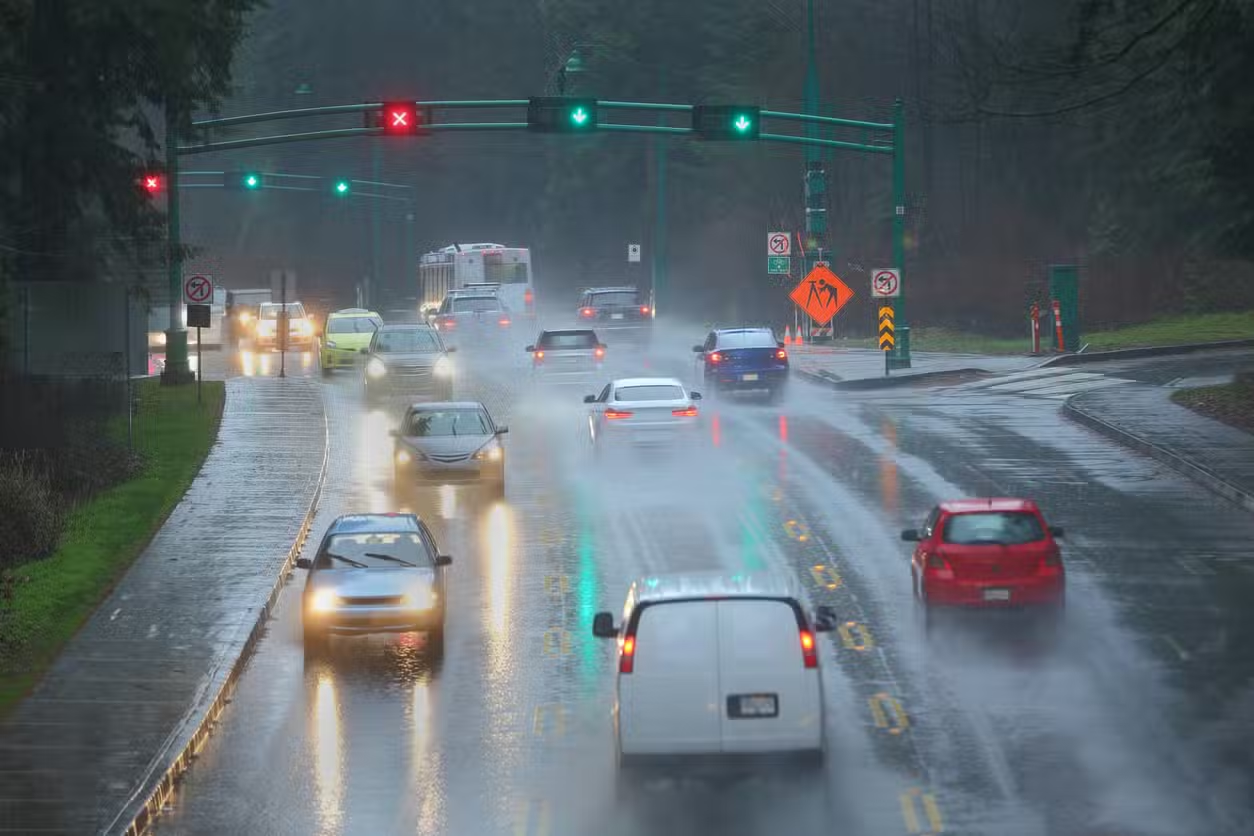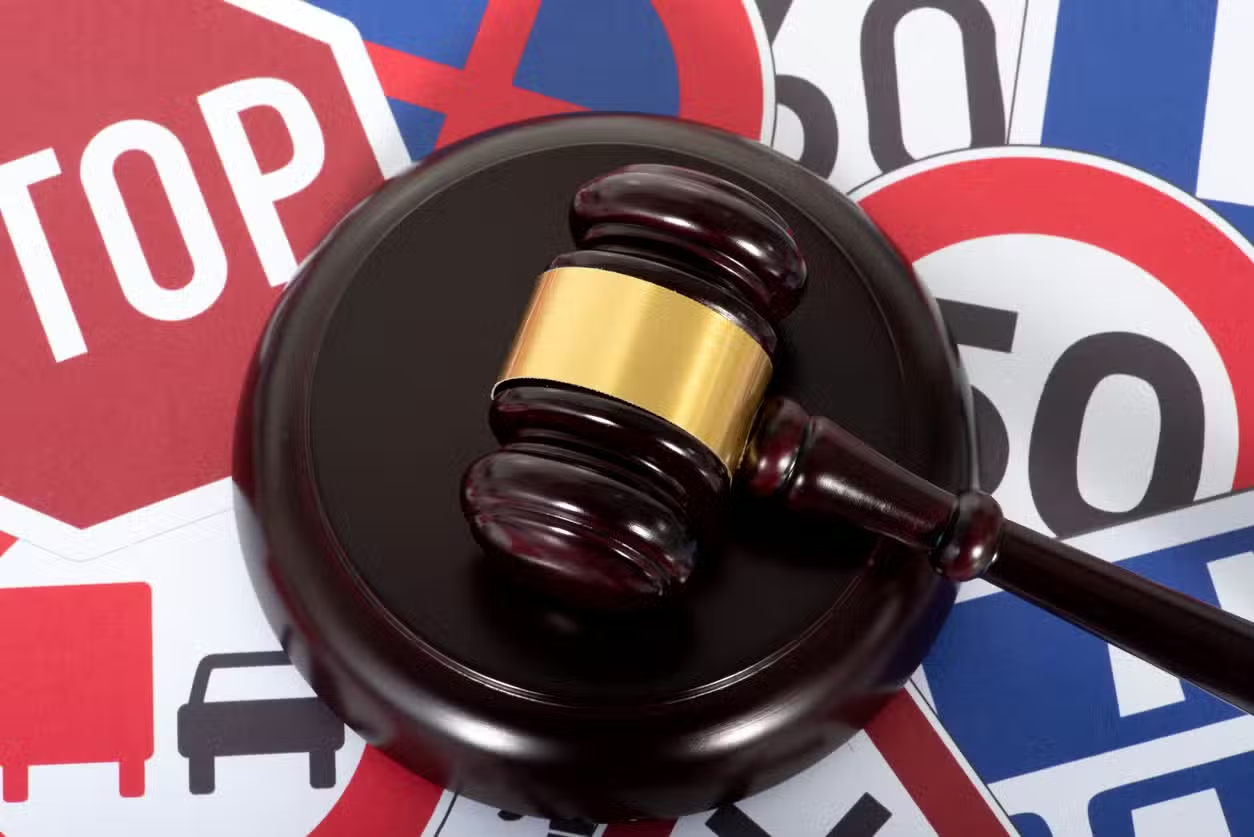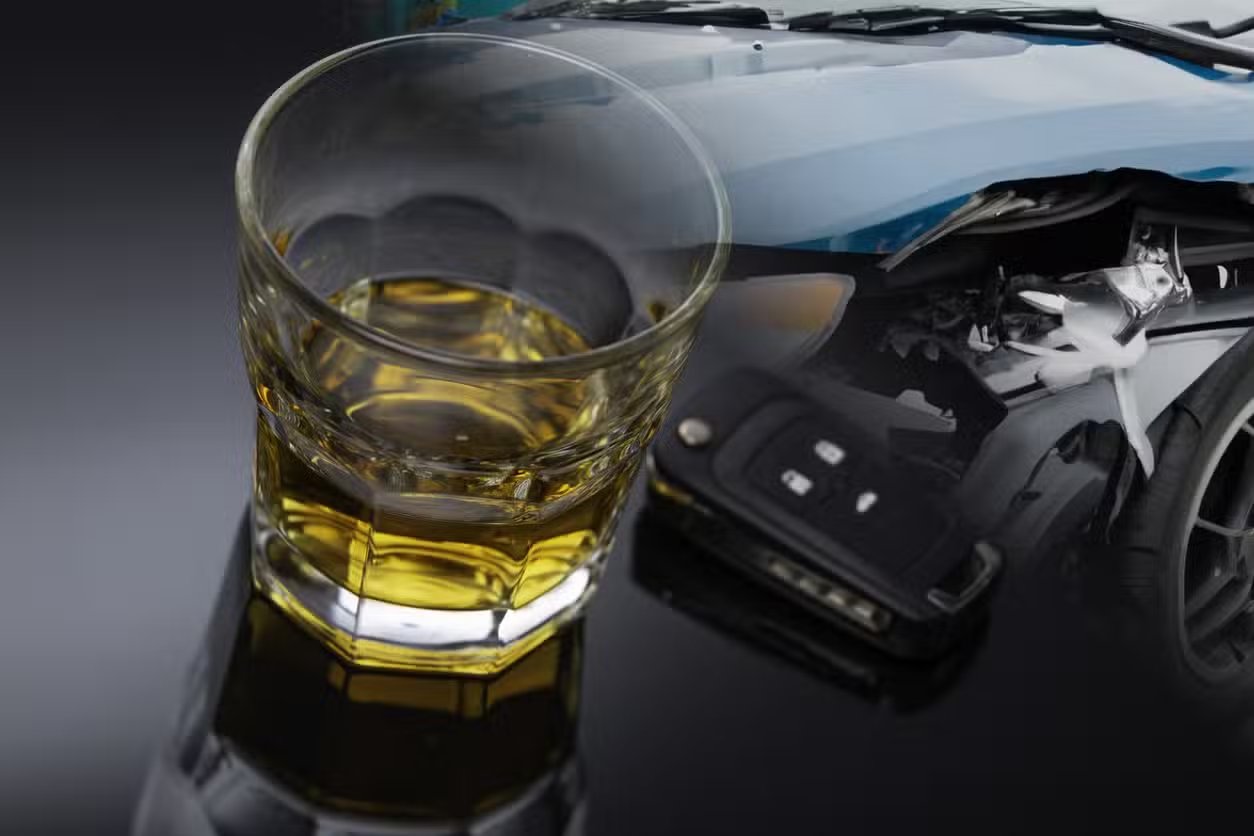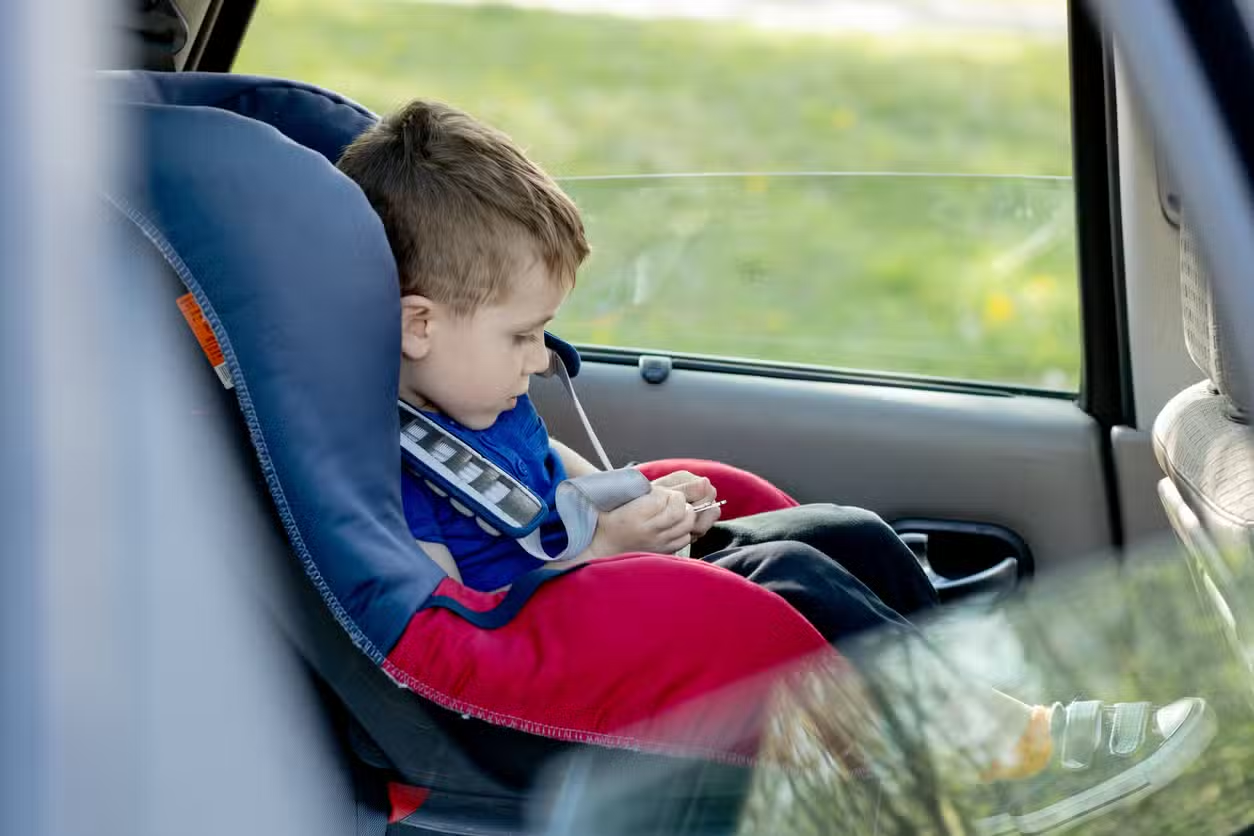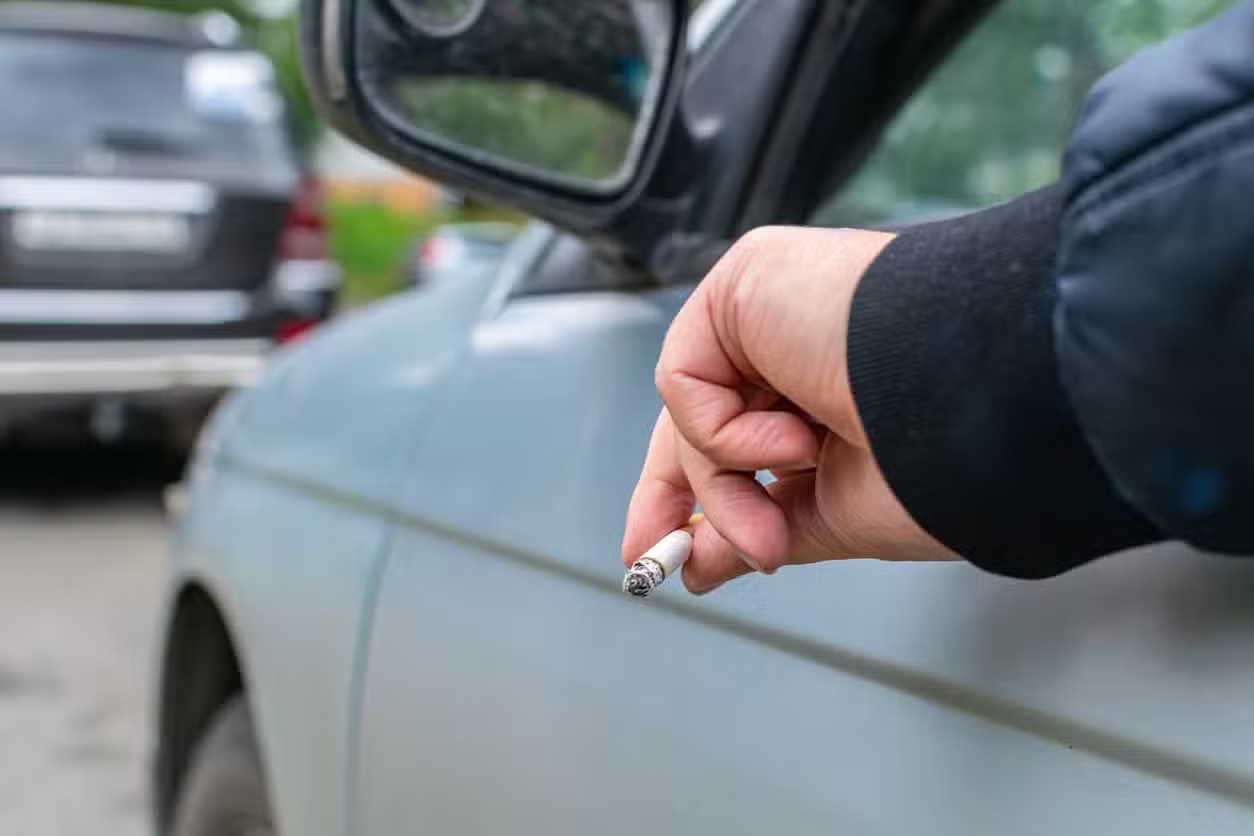Proving negligence is the core legal task in any car-accident claim. You must show the other driver owed you a duty of care, breached that duty, directly caused your injuries, and left you with measurable damages. Mastering how to collect and present this evidence—fast and in the right order—turns a shaky allegation into a strong, hard-to-dispute case.
Secure the Police Report Within 24 Hours

A police report is the first impartial document that helps in proving negligence.
- Ask the officer for the report number before leaving the scene.
- Request a certified copy online or in person the next business day.
- Confirm it lists traffic-code violations, citations, or officer opinions on fault.
Police findings often sway insurance adjusters, so lock them down early.
Photograph Everything—From 4 Angles Each
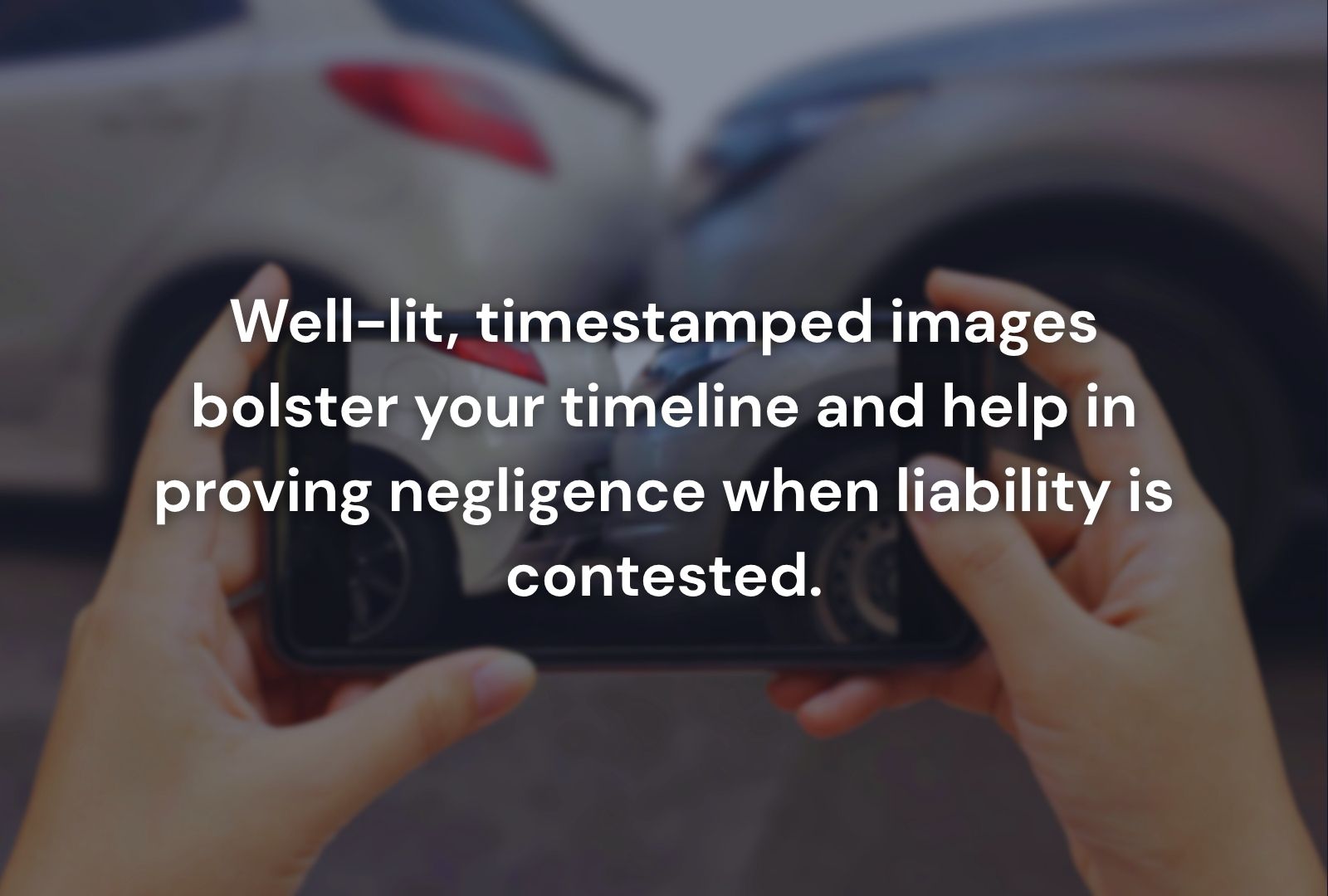
Clear photos let experts recreate the crash and demonstrate breach of duty.
- Stand front, rear, and both sides of each vehicle.
- Capture license plates, skid marks, and nearby traffic signs.
- Take close-ups of broken glass, debris, and any fluid spills.
Well-lit, timestamped images bolster your timeline and help in proving negligence when liability is contested.
Collect Witness Statements the Same Day
Neutral eyewitnesses provide crucial third-party confirmation.
- Get names and numbers before people disperse.
- Dictate their statements into your phone or ask them to text you a short summary.
- Forward this data to your lawyer within 12 hours.
Prompt statements preserve fresh memories, strengthening causation and breach evidence.
Retrieve Event Data Recorder (EDR) Logs
Modern vehicles store speed, brake pressure, and steering angles for the seconds before impact.
- Have a qualified technician download the EDR within 72 hours.
- Compare data to posted speed limits and road conditions.
- Use discrepancies—such as 55 mph in a 35 mph zone—to solidify breach.
Hard numbers beat subjective recollections and make proving negligence far easier.
Align Medical Records With the Accident Timeline
Insurers often argue your injuries pre-existed. Tight medical chronology defeats that tactic.
- Visit the ER or urgent care immediately—same day if possible.
- Follow every treatment recommendation and keep all receipts.
- Request a written medical narrative linking each diagnosis to the crash.
This documentation ties breach to damages, the third and fourth elements of negligence.
Engage Accident-Reconstruction Experts Early
Complex collisions—multi-vehicle, commercial trucks, or high-speed impacts—need expert testimony.
- A reconstructionist converts physical evidence into 3-D simulations.
- Their sworn report explains how the defendant’s choices led to your injuries.
- Juries and adjusters perceive expert visuals as objective, boosting your credibility.
Experts make proving negligence almost unavoidable in severe crashes.
Preserve Social-Media Evidence
If the at-fault driver posts “glad I’m okay—totally my fault,” screenshot it instantly.
- Social-media admissions can establish breach and causation.
- Confirm date and time stamps.
- Provide screenshots to your attorney for authentication.
Digital footprints disappear quickly—act within minutes.
Calculate Damages With Precision
Negligence means little without quantified losses.
- Add every medical bill, from ambulance ride to physical therapy.
- Document lost wages to the exact hour.
- Use a daily pain-scale journal to support non-economic damages.
Accurate numbers justify settlement demands and show why proving negligence matters financially.
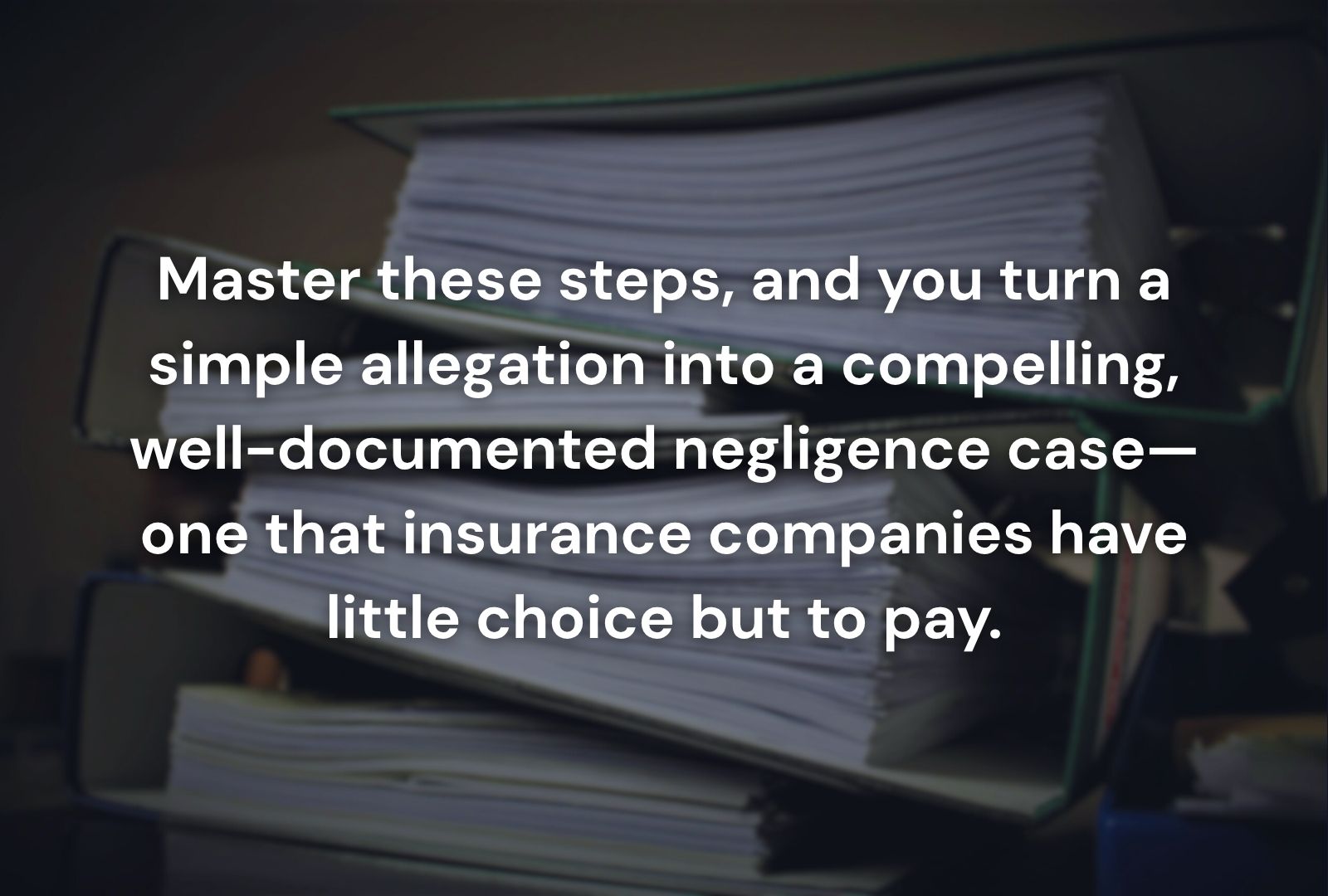
Related Deep-Dive Content on Negligence
The 4 Elements of Negligence in Personal Injury Cases
Learn how each element—duty, breach, causation, damages—fits together and what evidence satisfies court standards.
How Comparative Negligence Affects Car Accident Compensation
Understand how shared fault percentages are calculated and strategies to reduce your share, boosting net recovery.
These guides complement today’s legal steps and deepen your understanding of negligence law.
When Professional Help Becomes Essential
If injuries are serious, liability is disputed, or multiple insurers point fingers, hire a seasoned car accident attorney. Counsel will:
- Send preservation letters to prevent tampering with vehicles and EDR data.
- Depose witnesses under oath, locking in their testimony.
- Negotiate using solid negligence proof to push settlements two to three times higher than unrepresented claims.
Key Takeaways
- Proving negligence hinges on rapid evidence collection—police reports, photos, EDR data, and medical records.
- Independent witnesses and expert reconstruction transform raw facts into convincing proof.
- Precise damage calculations translate legal fault into real-world dollars.
- Early legal representation amplifies every piece of evidence and guards against insurer delay tactics.
Master these steps, and you turn a simple allegation into a compelling, well-documented negligence case—one insurance companies have little choice but to pay.


